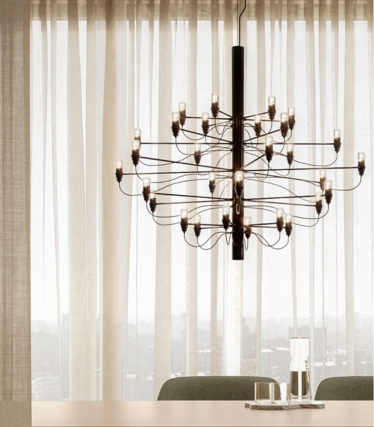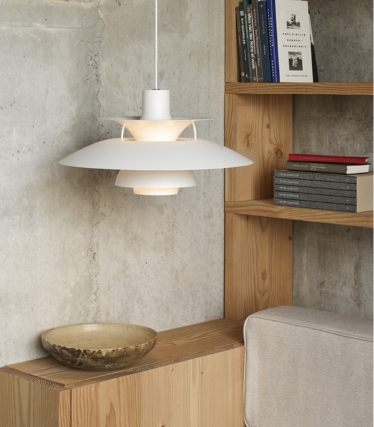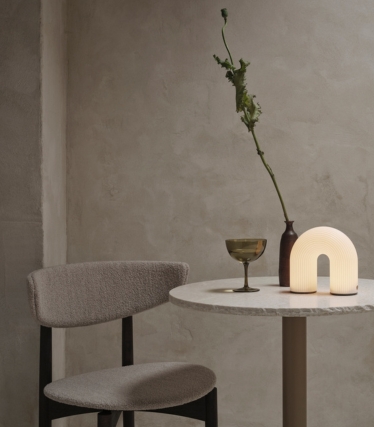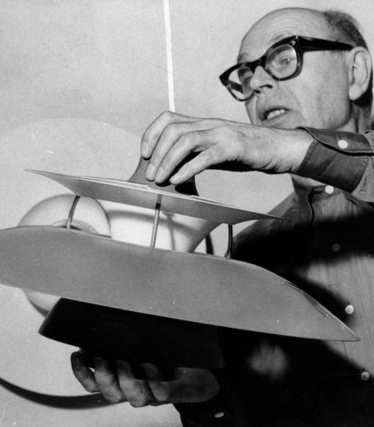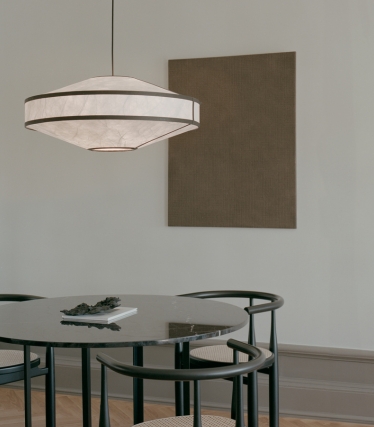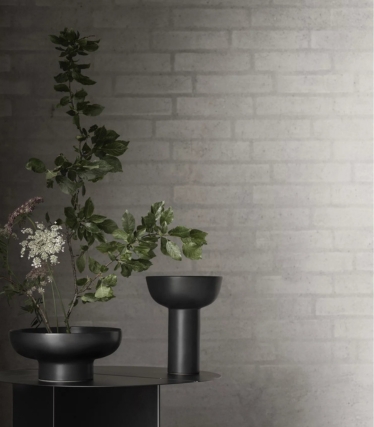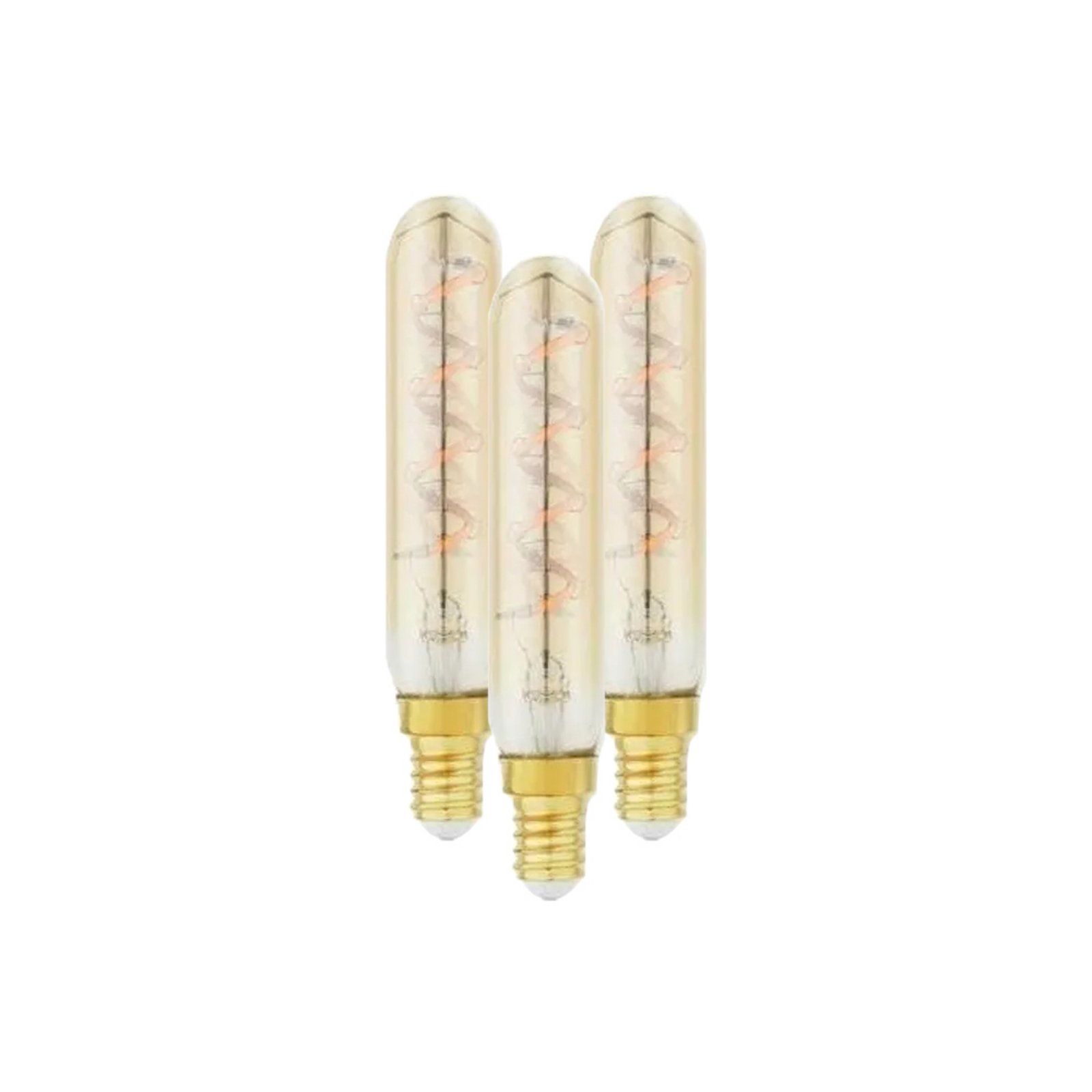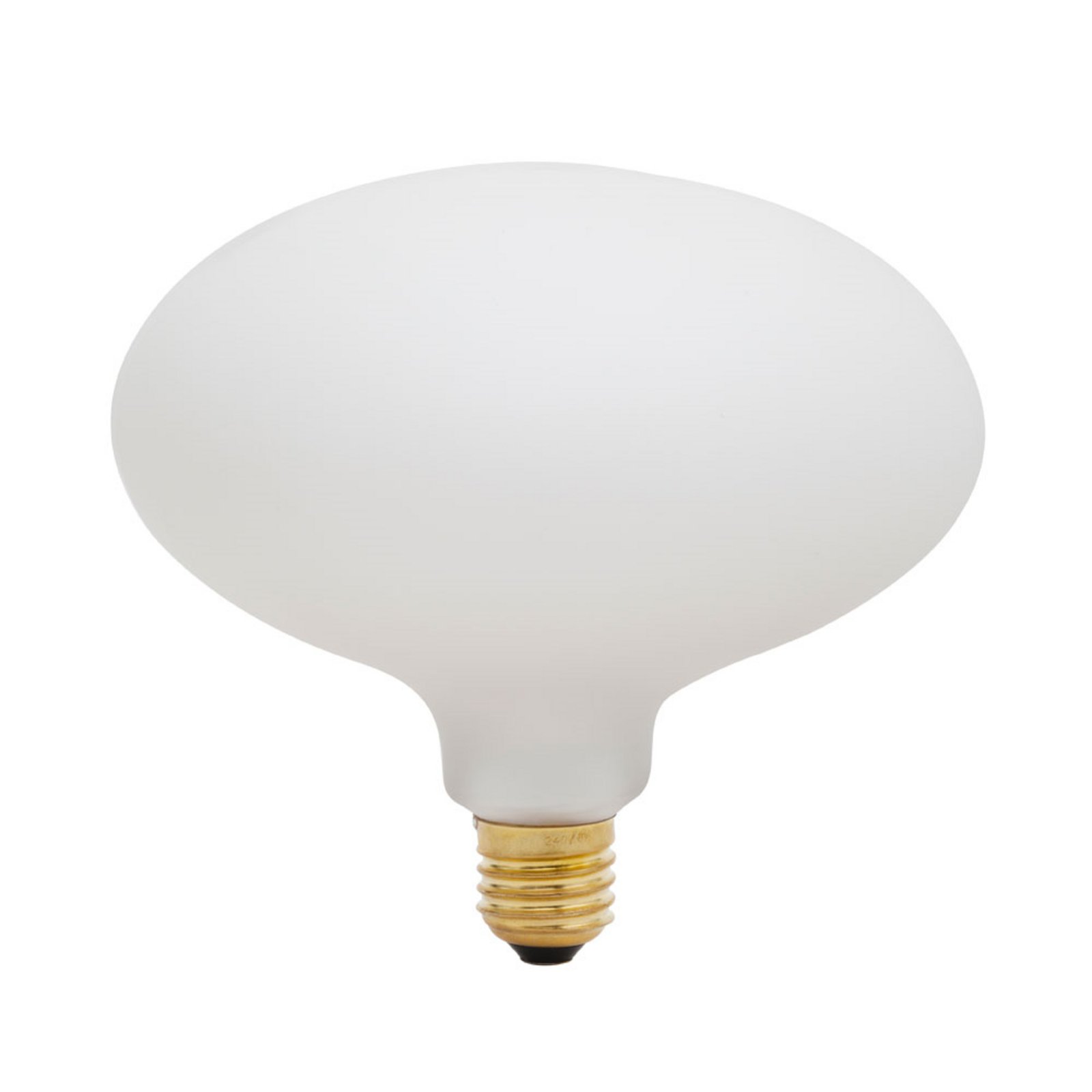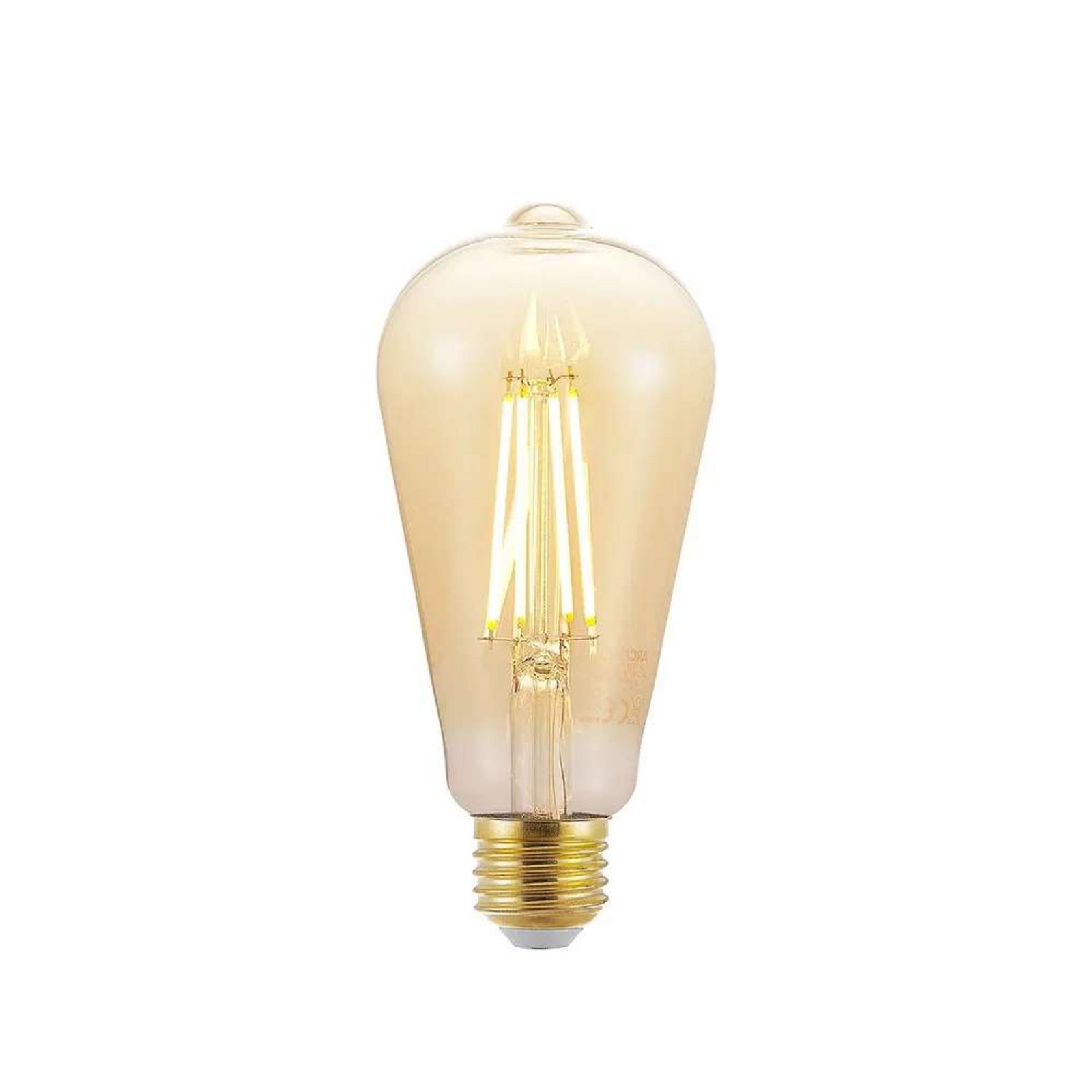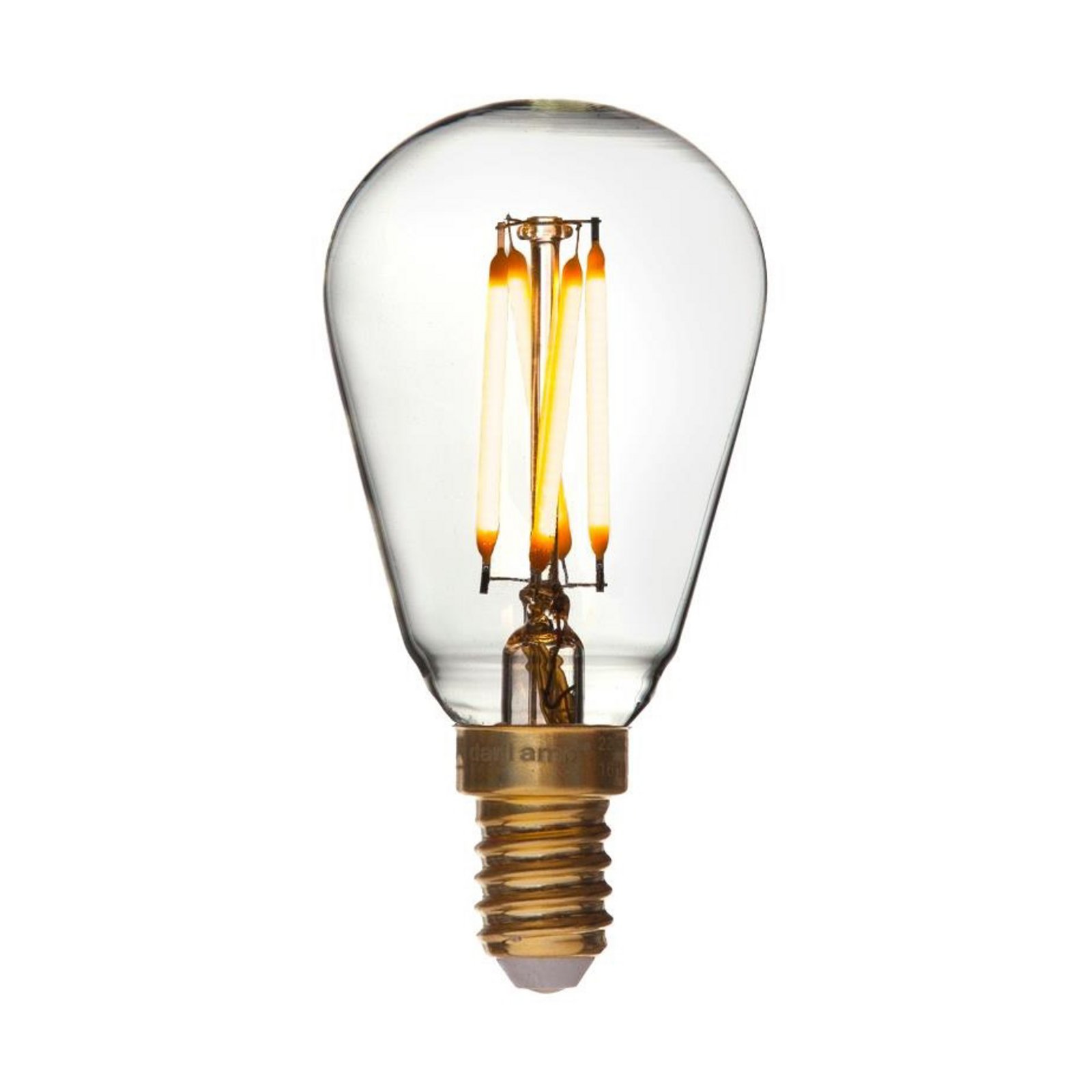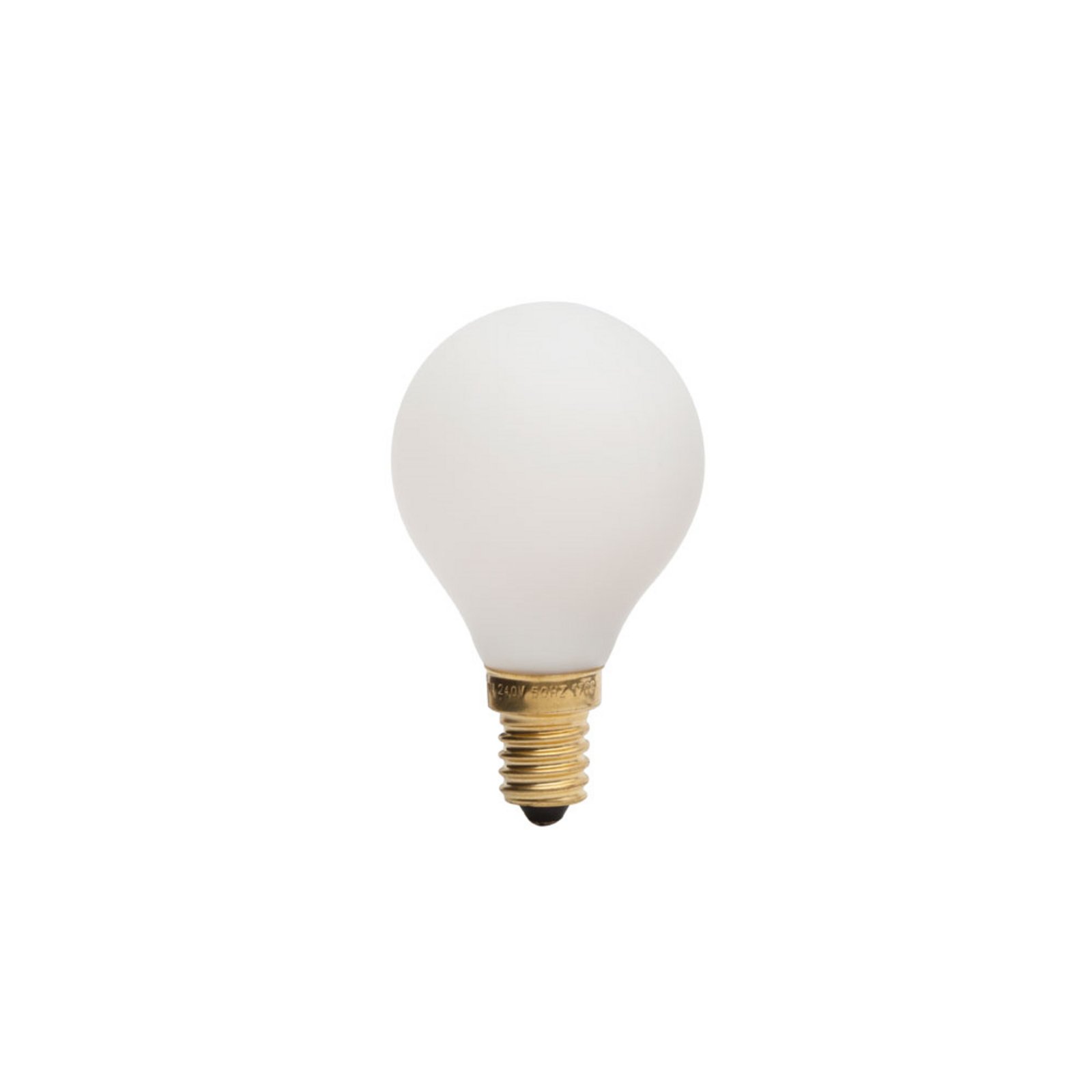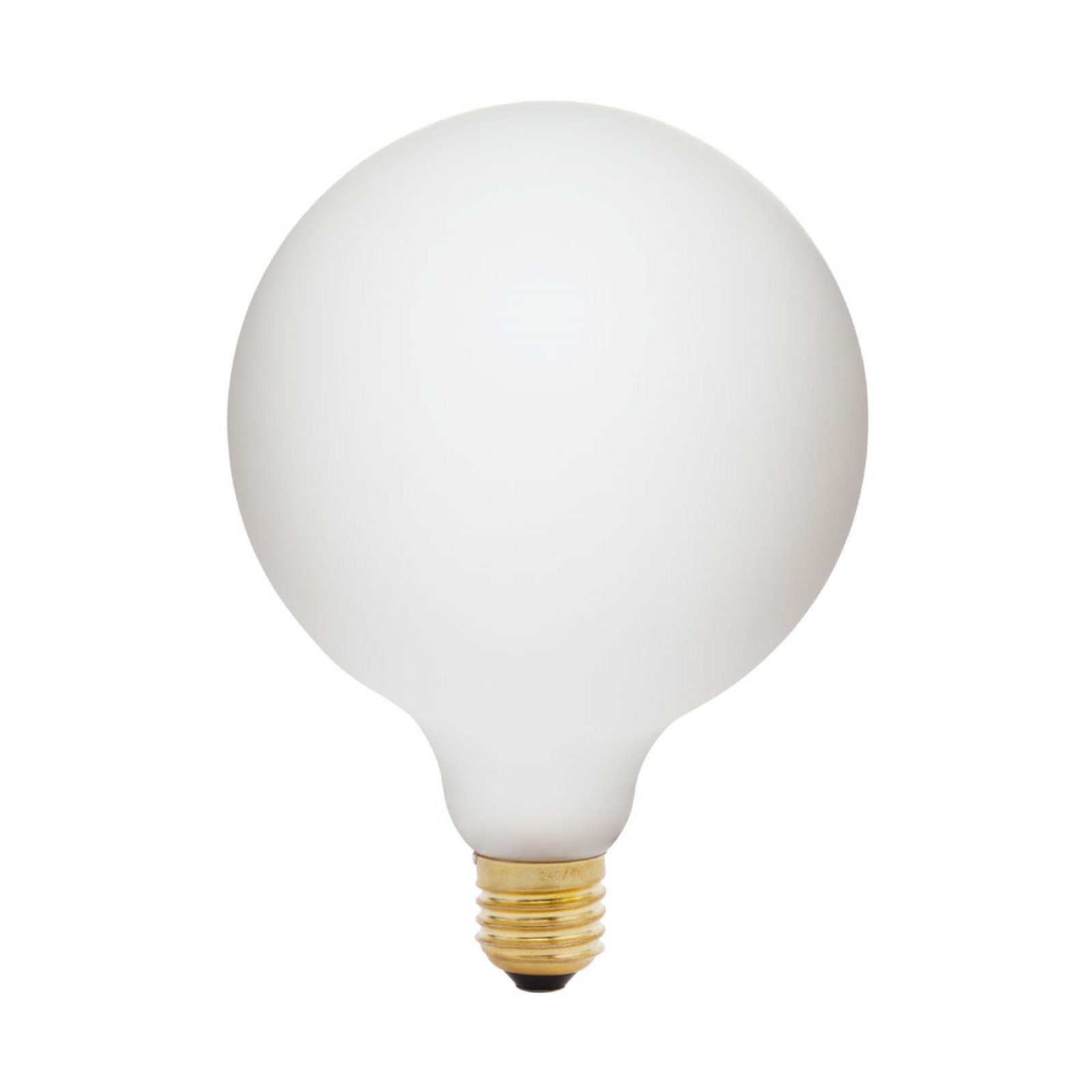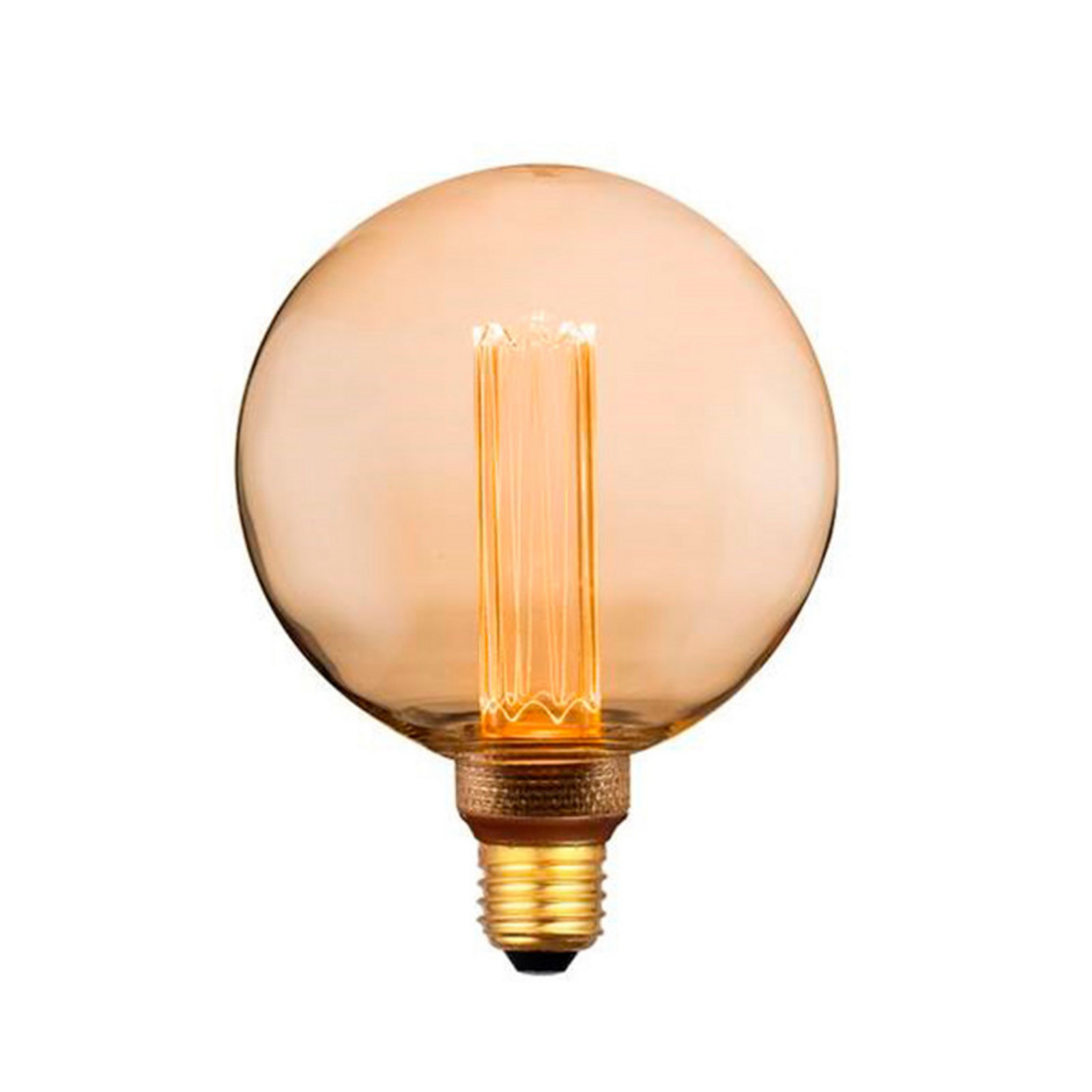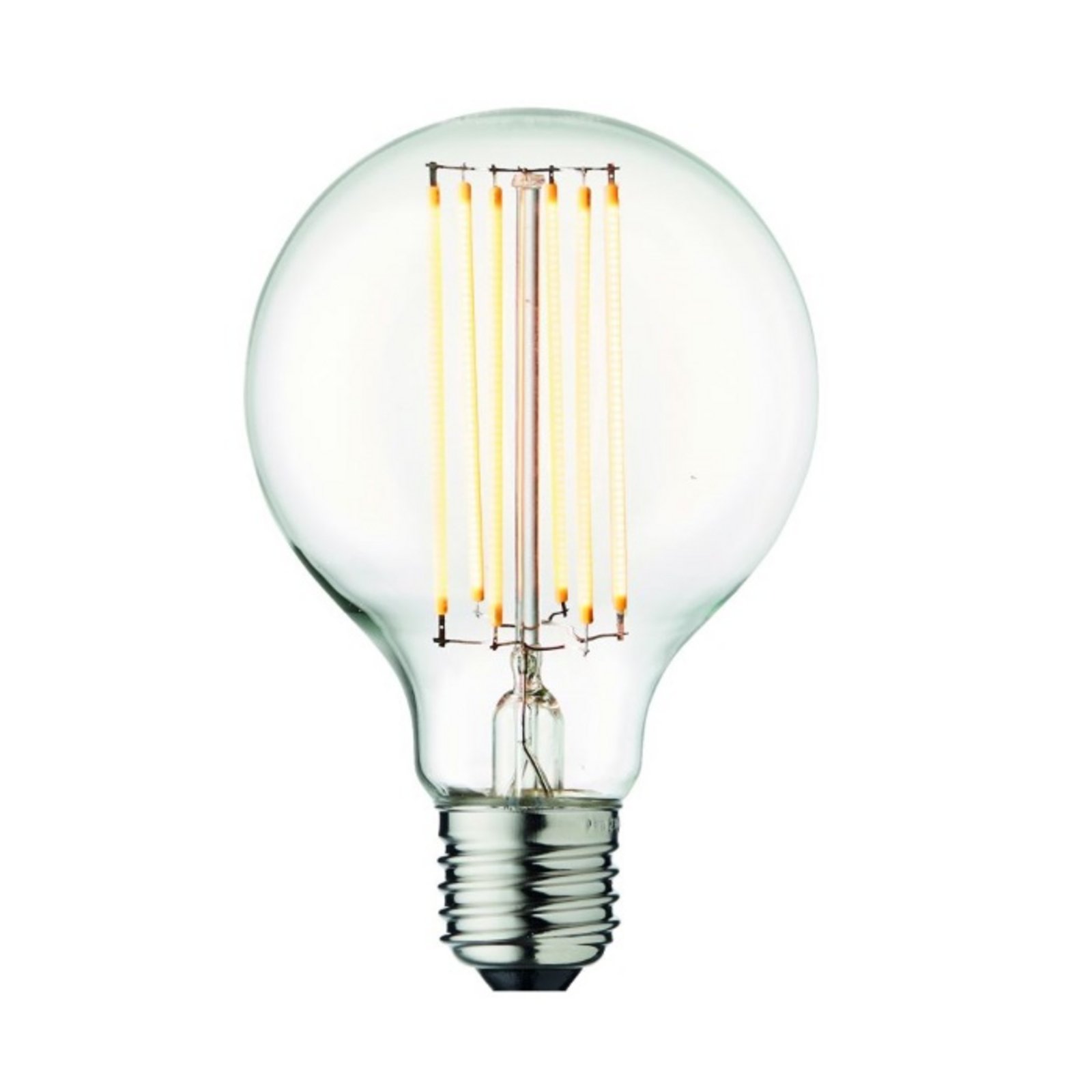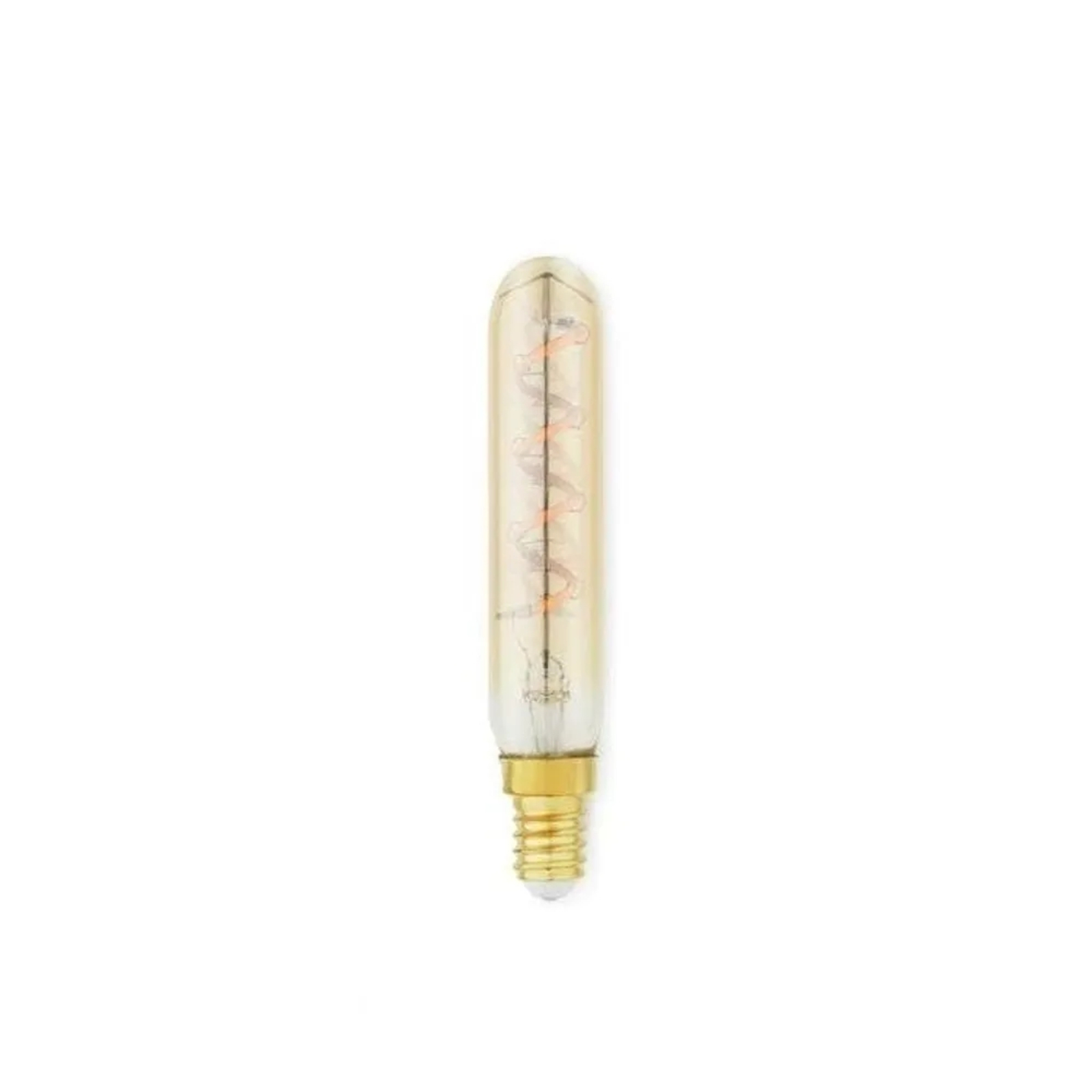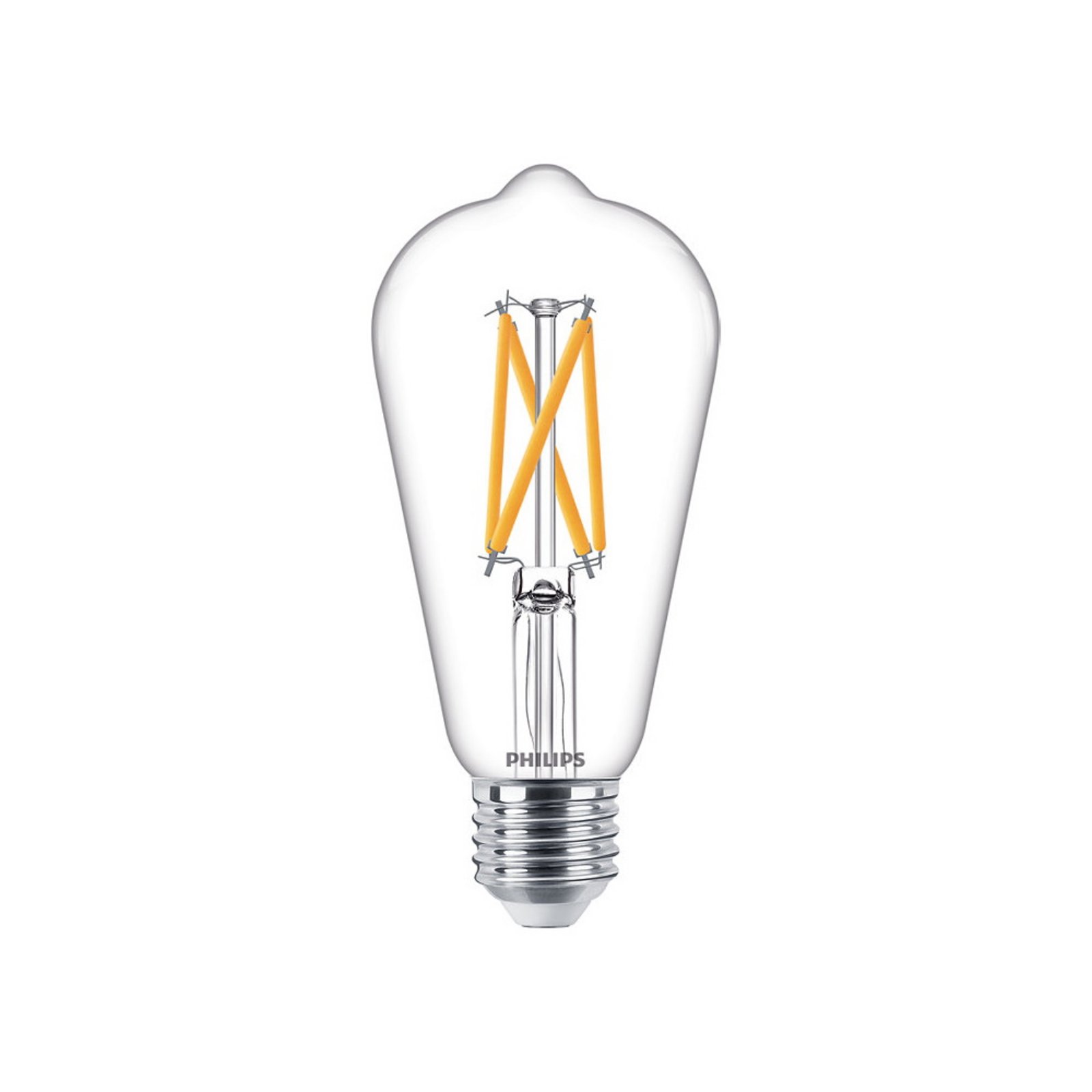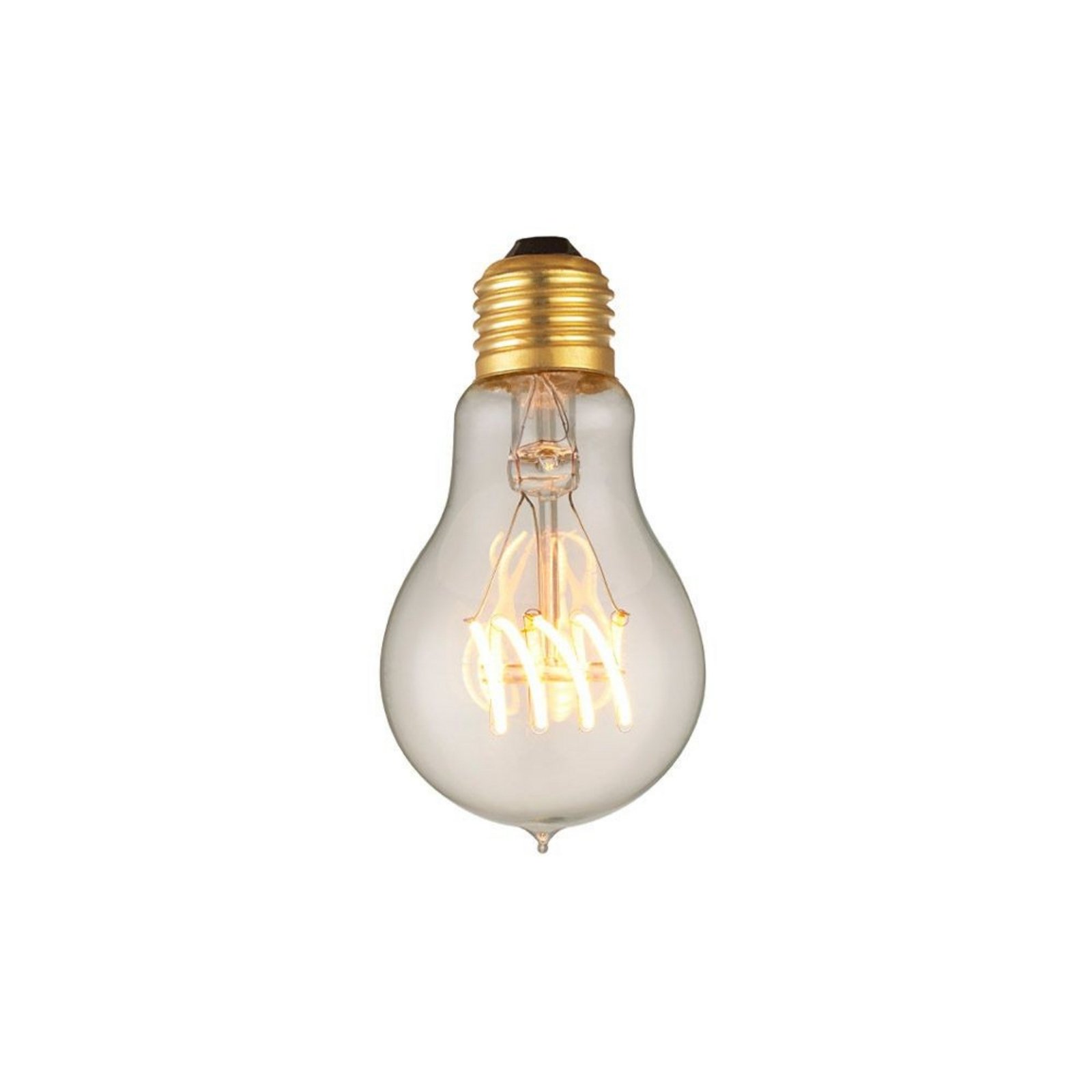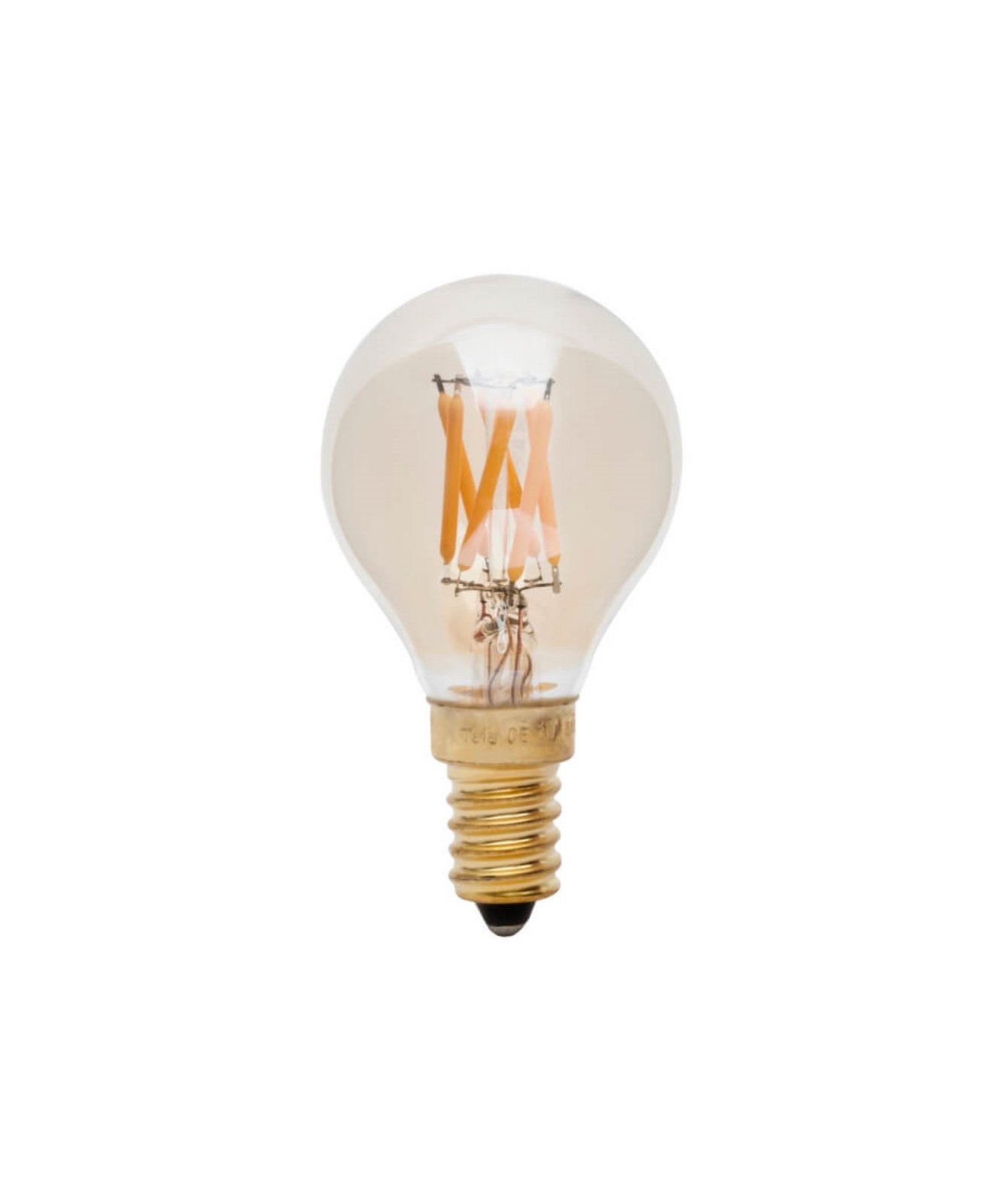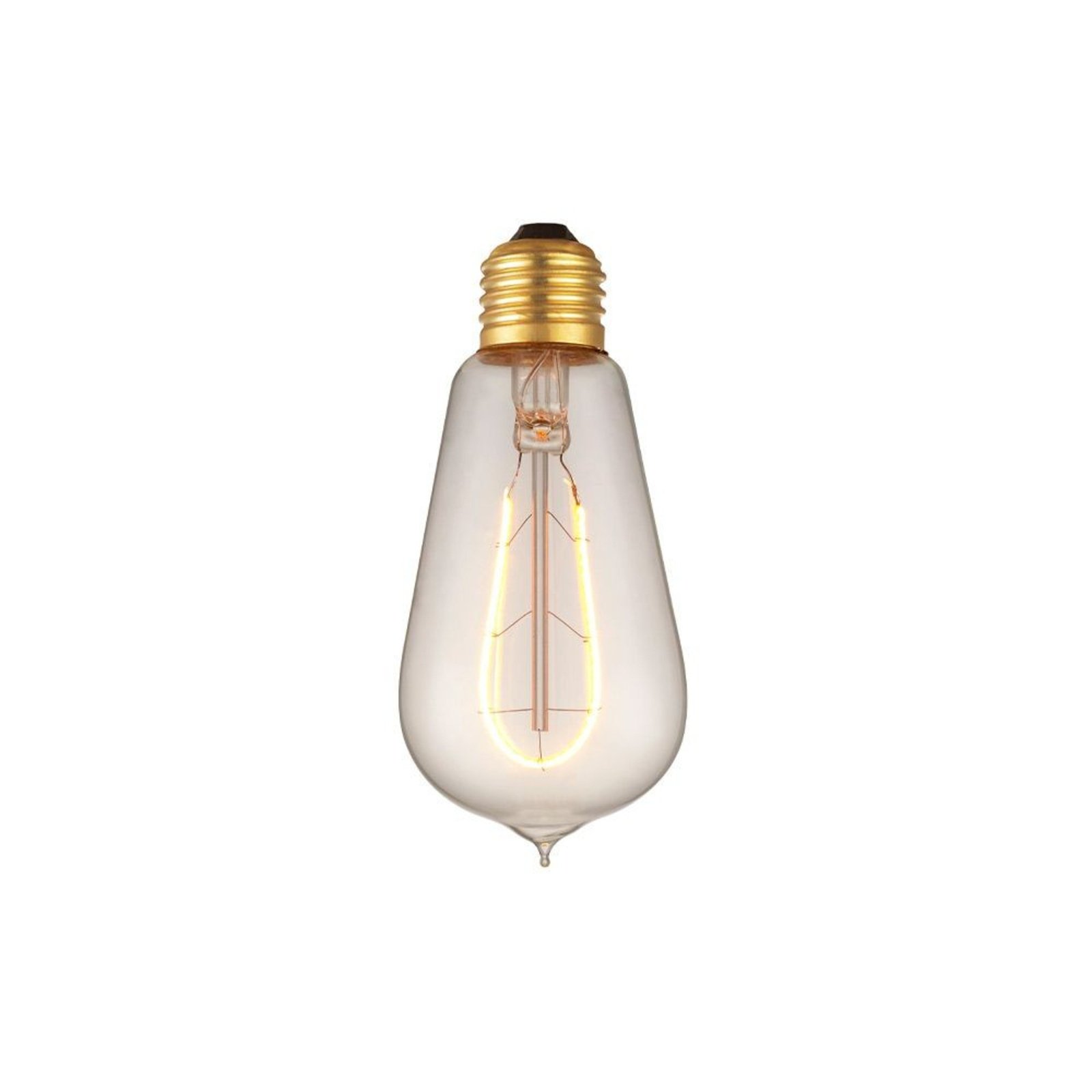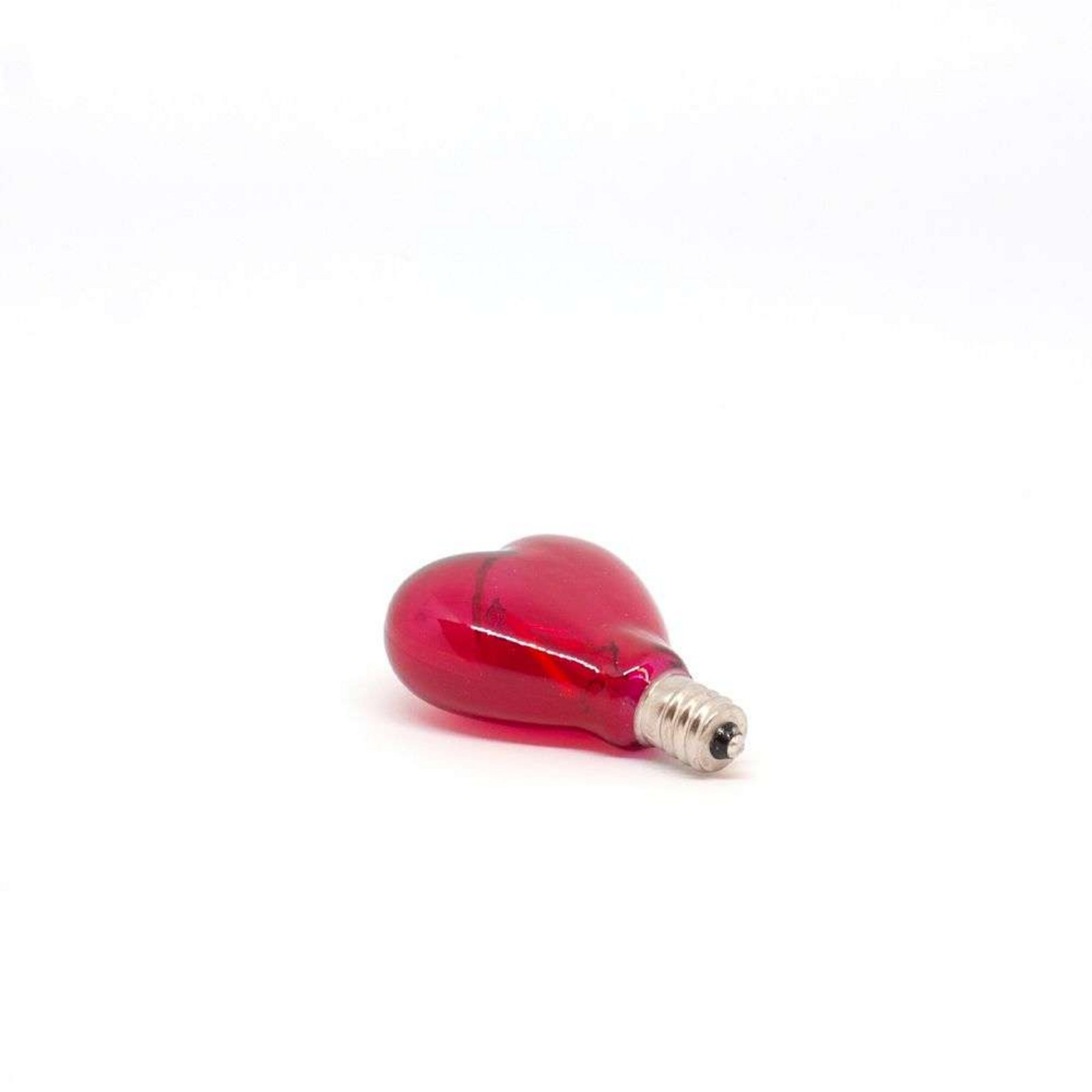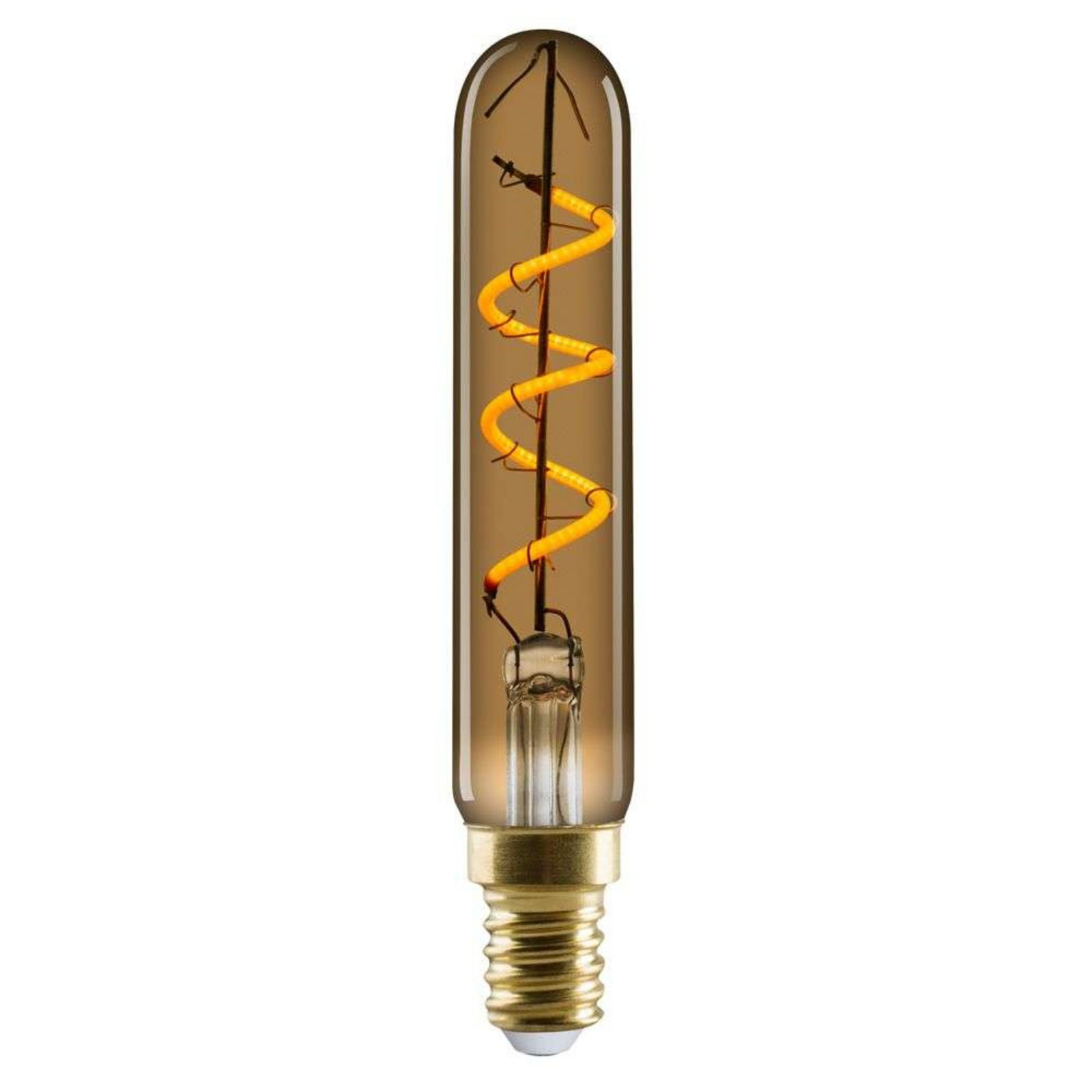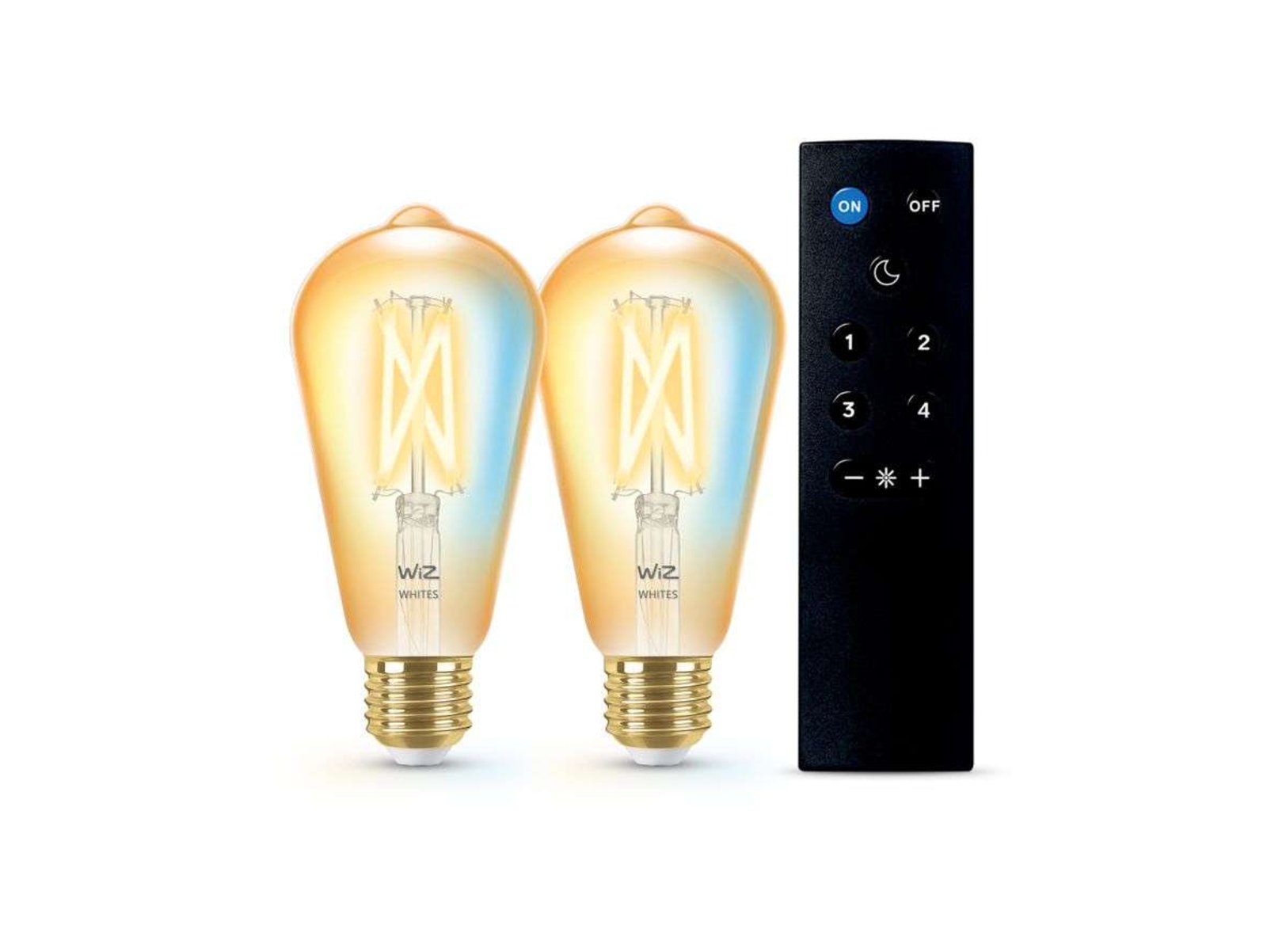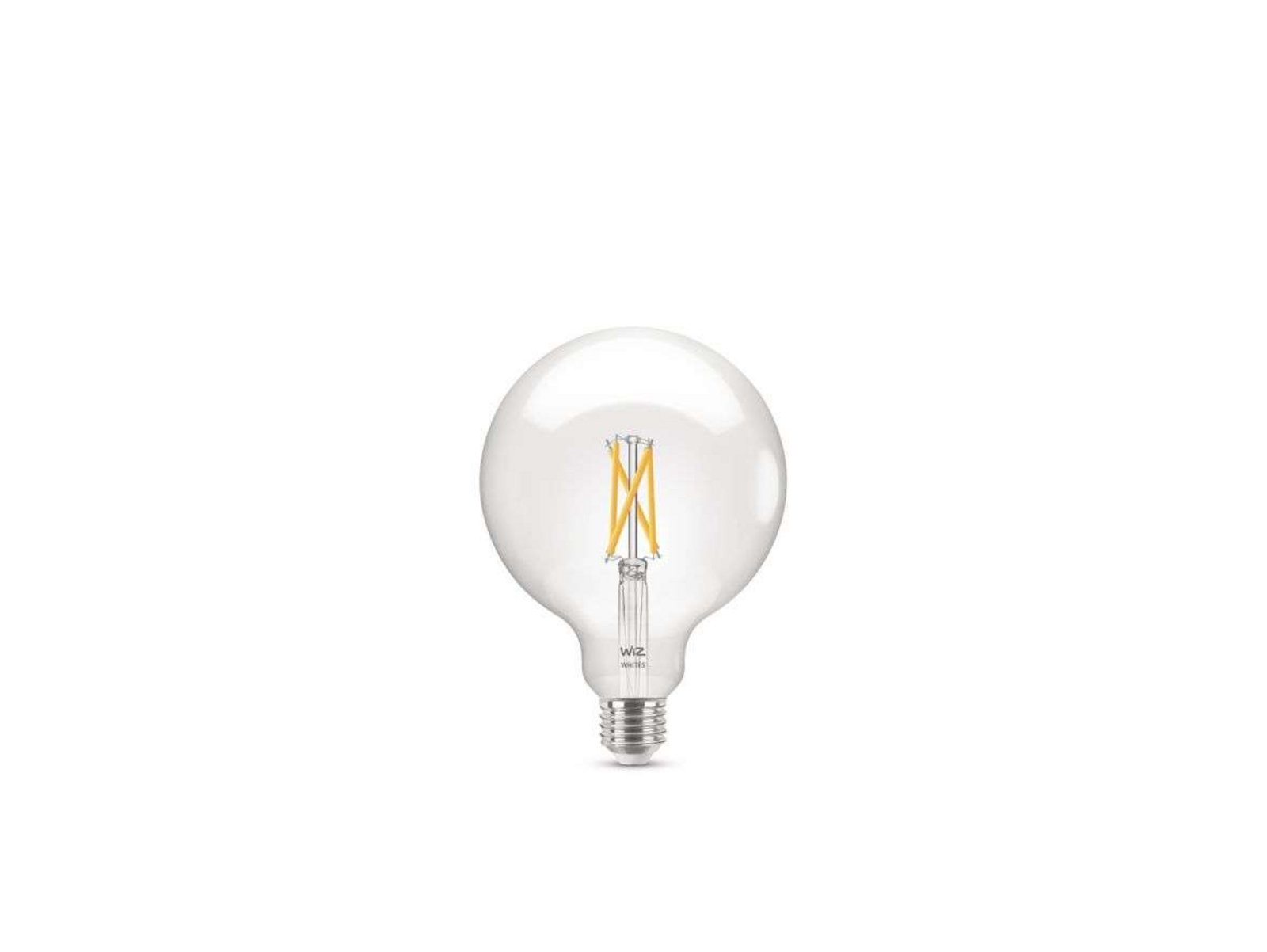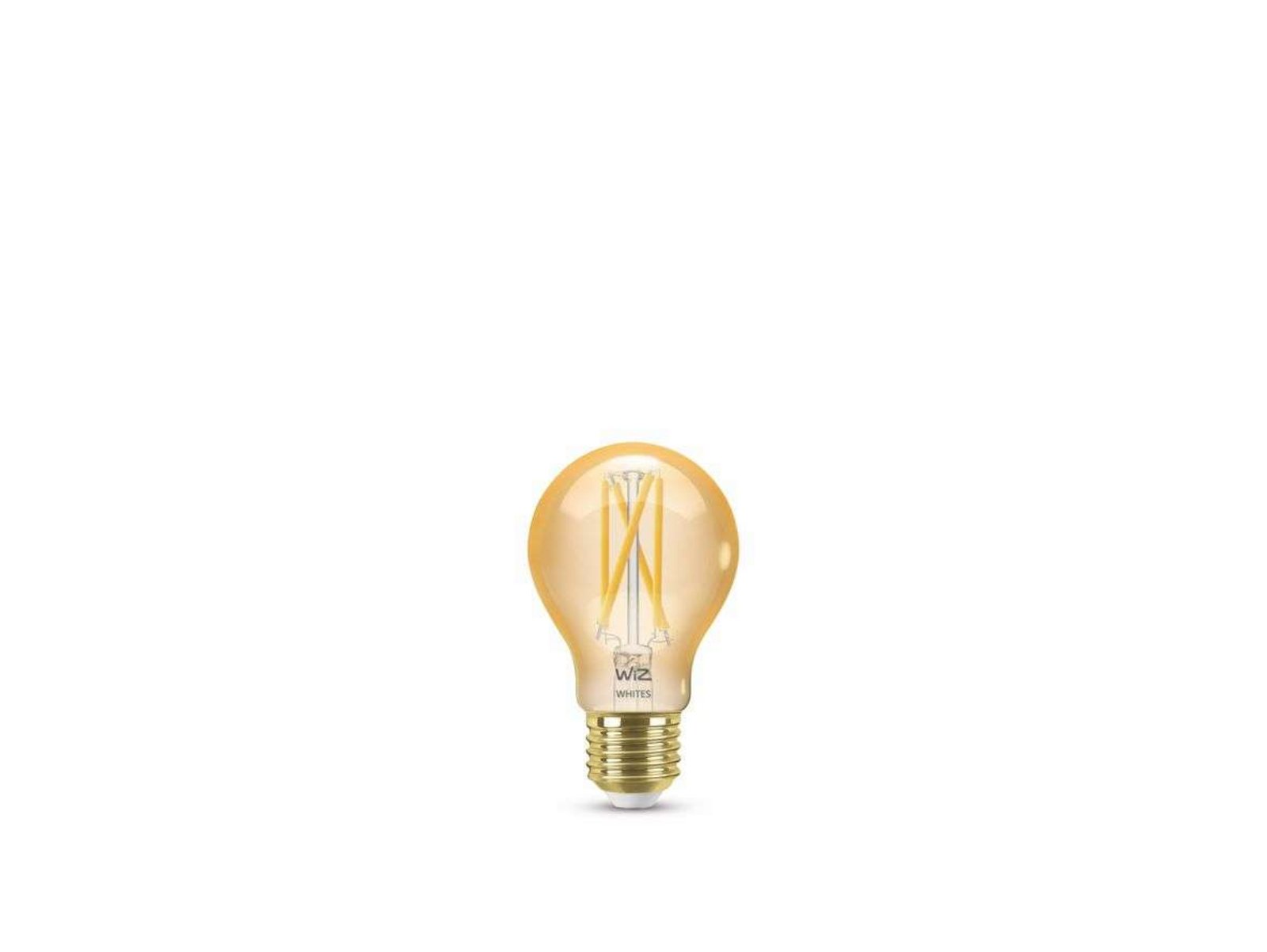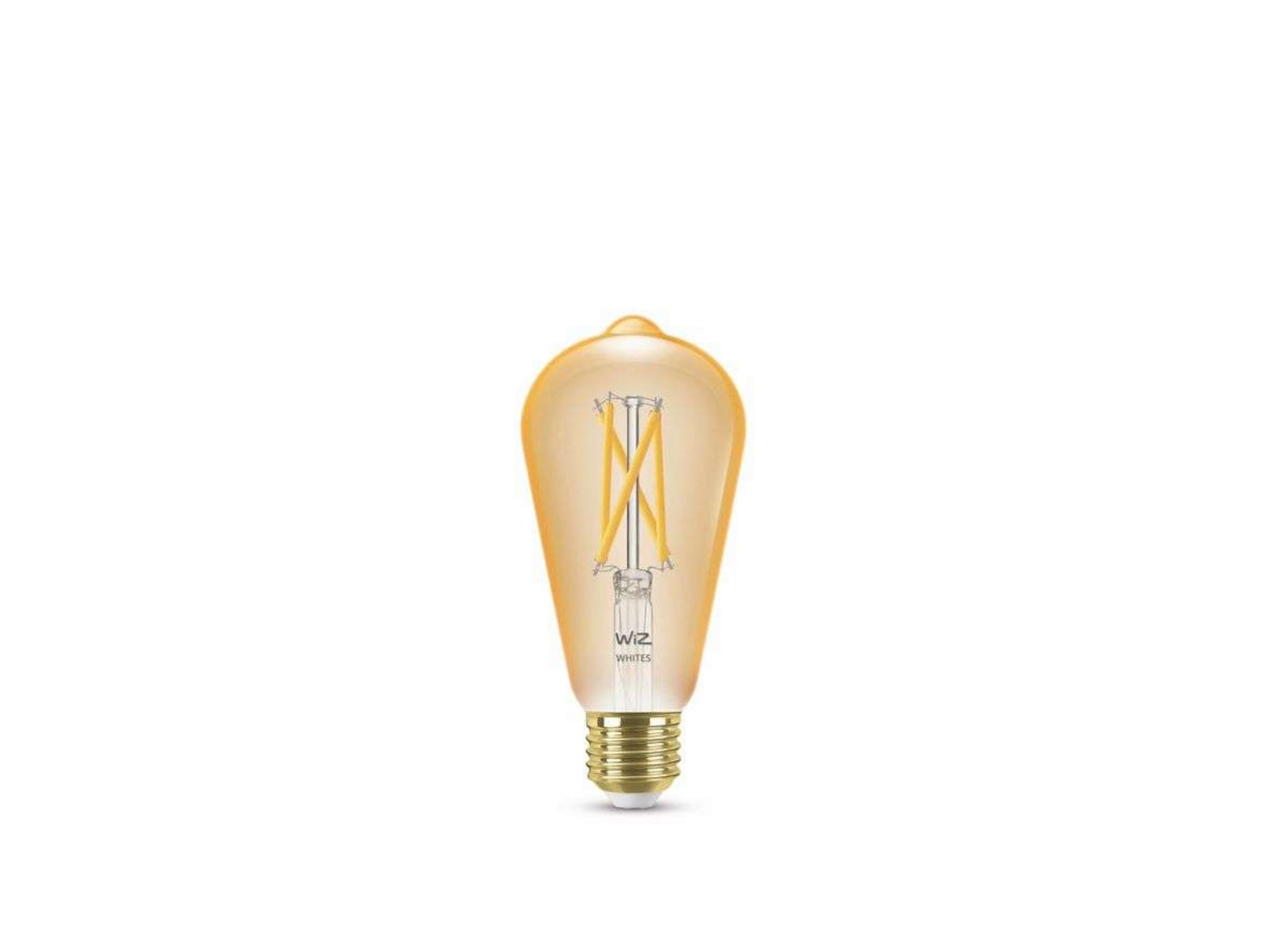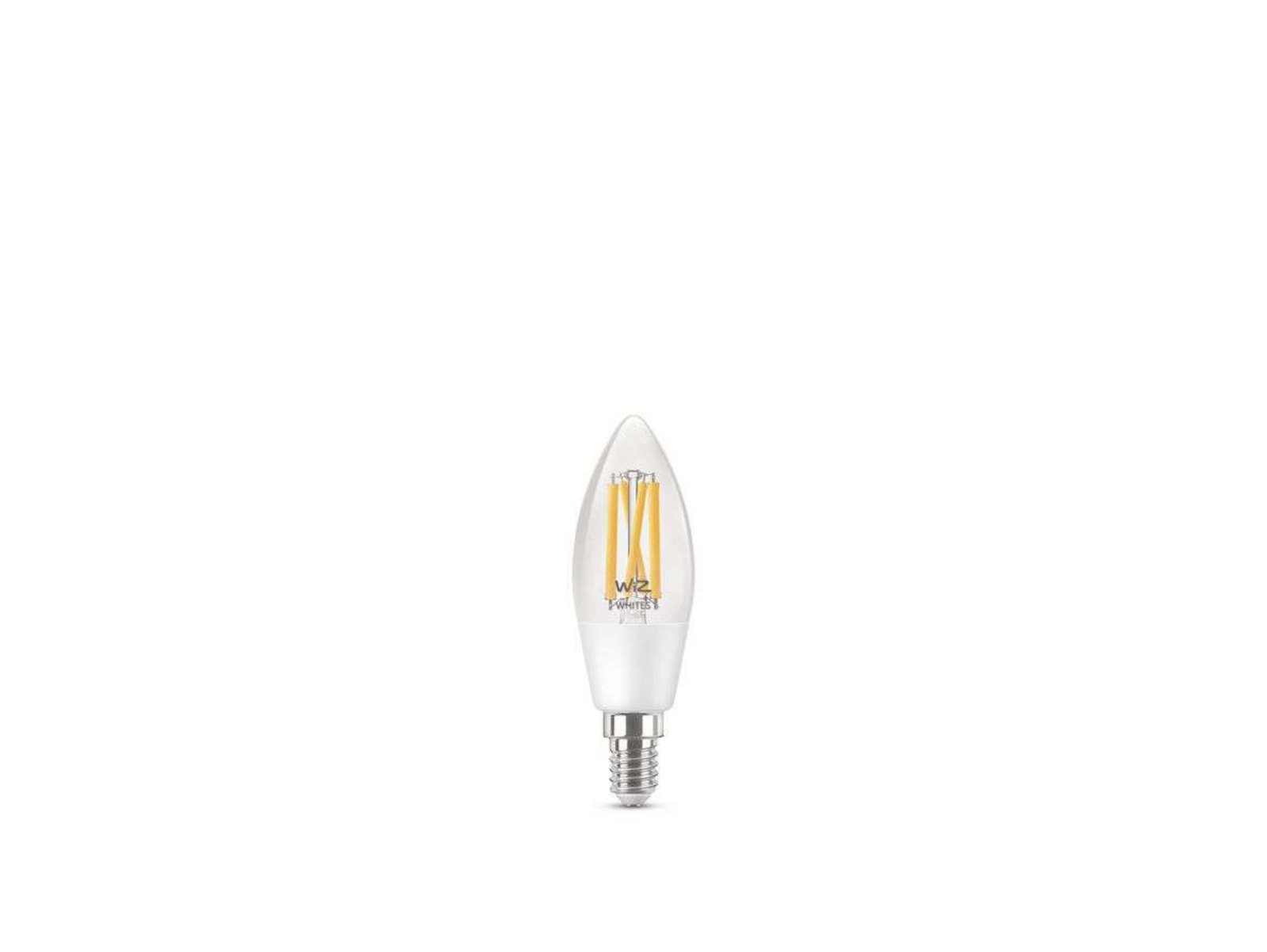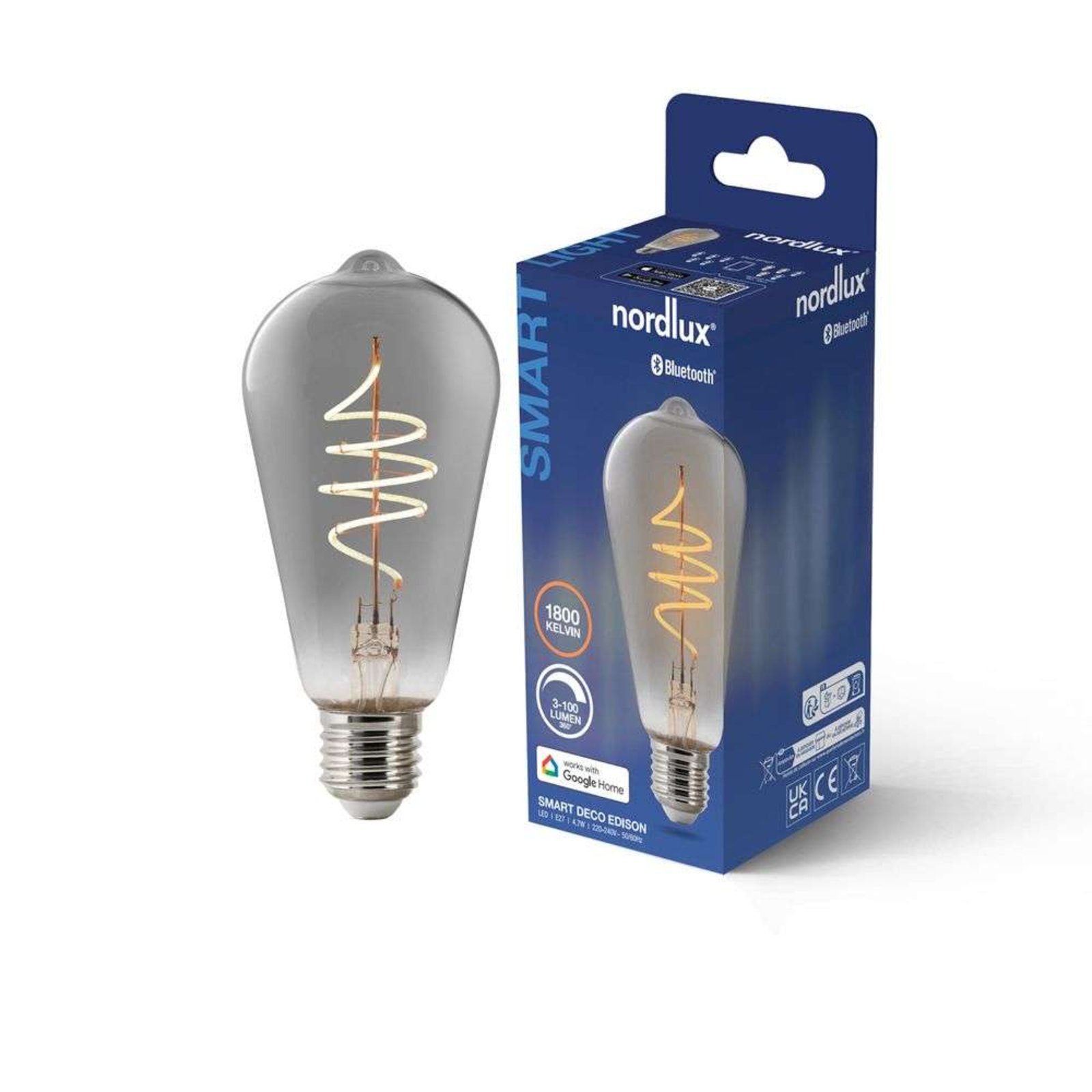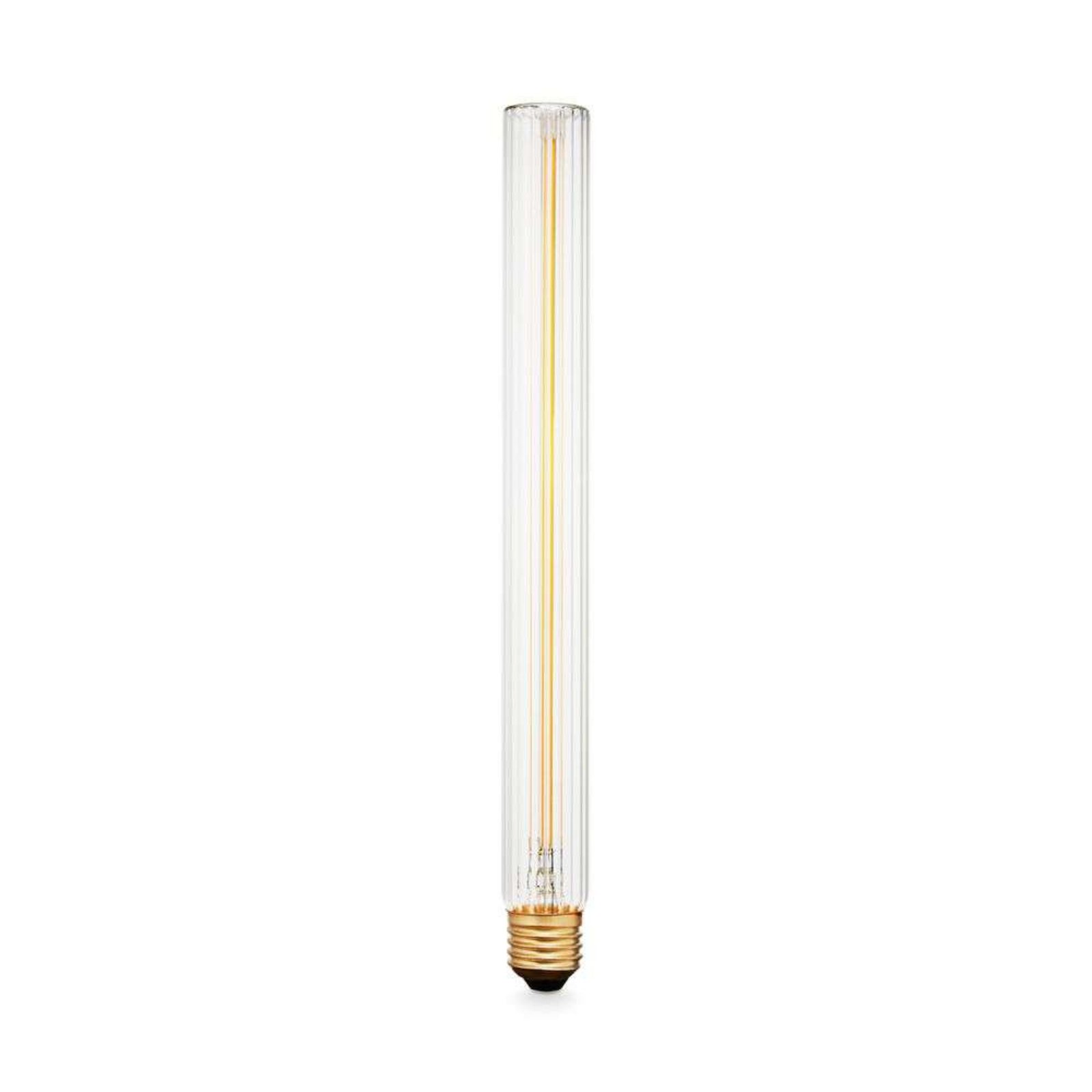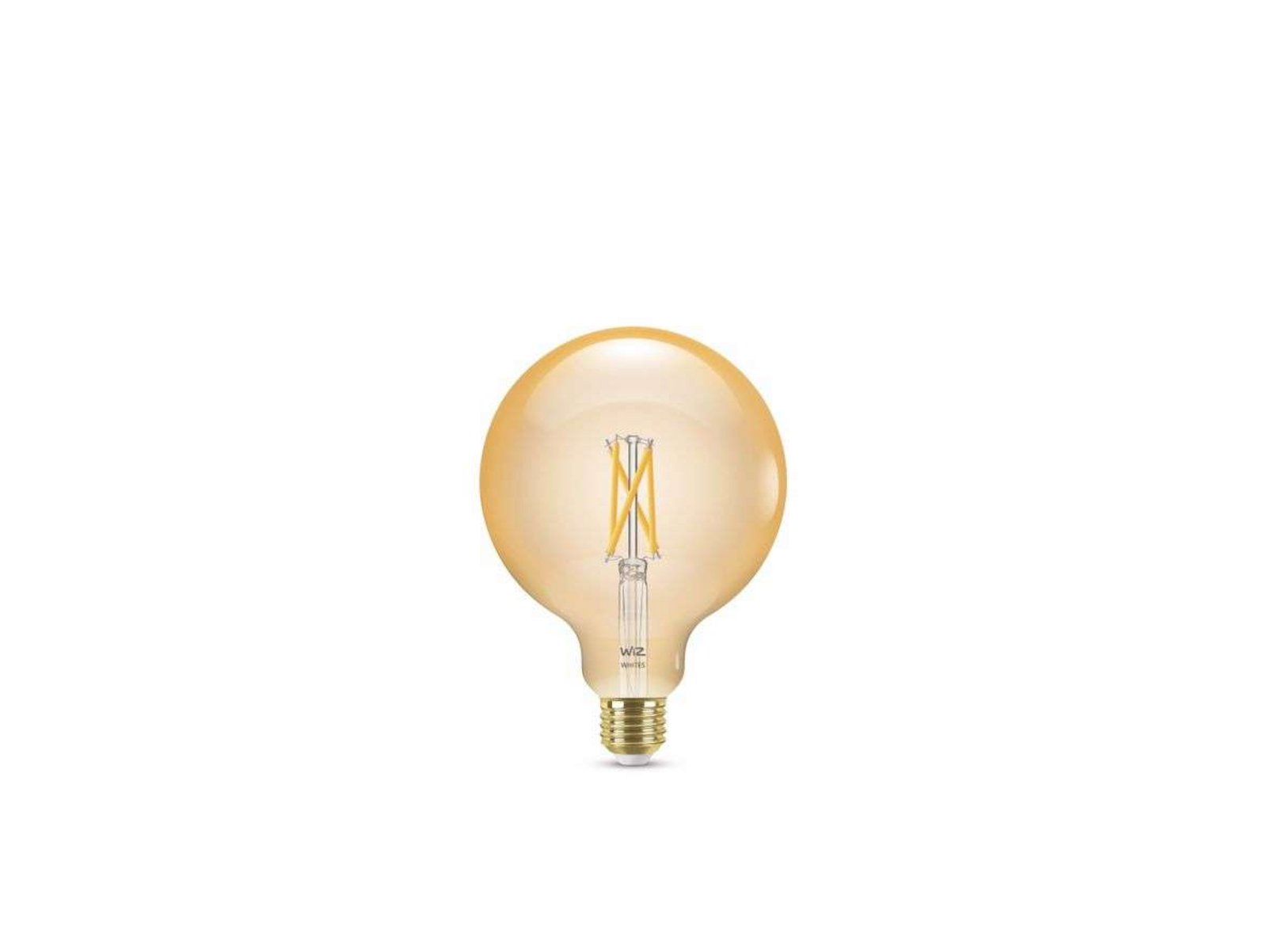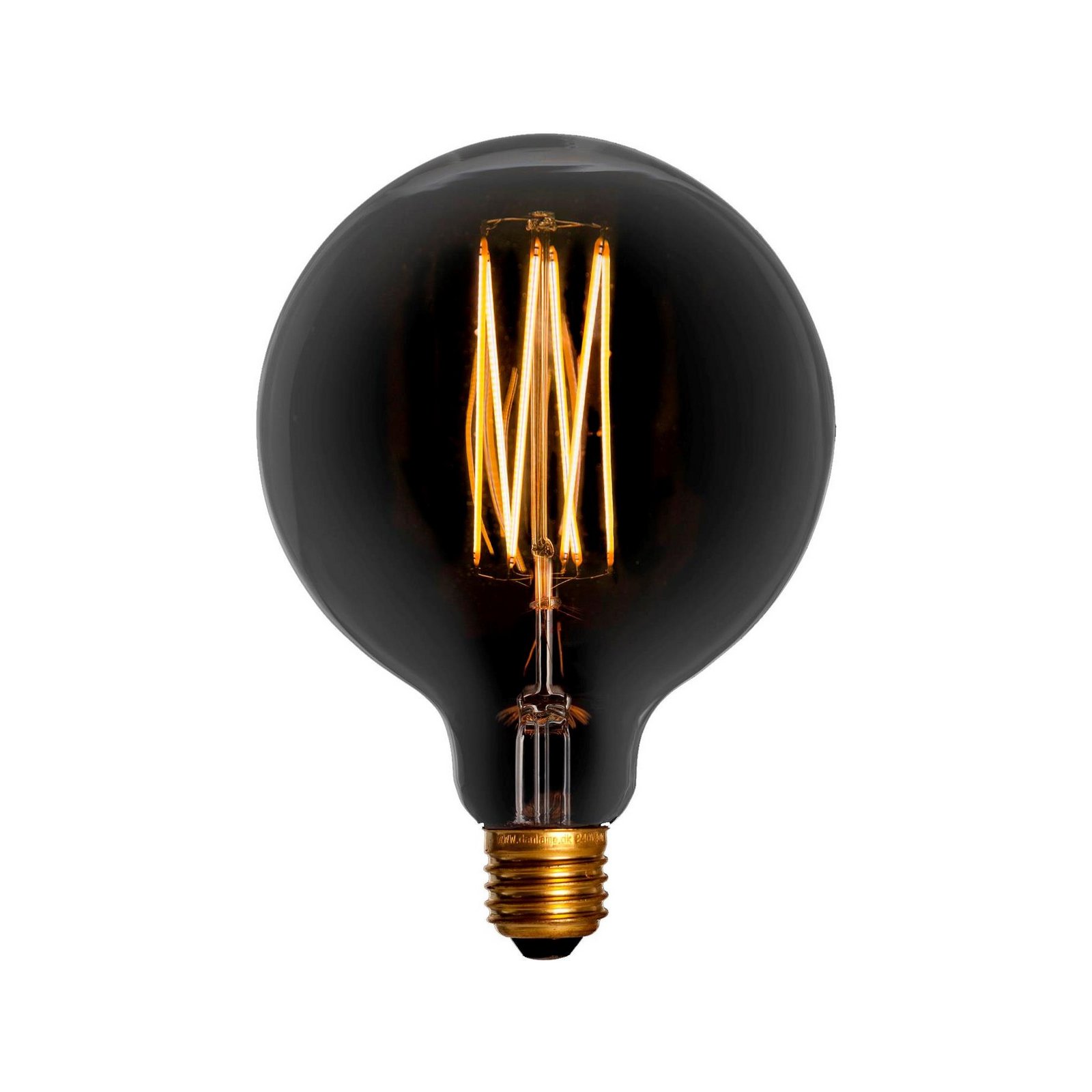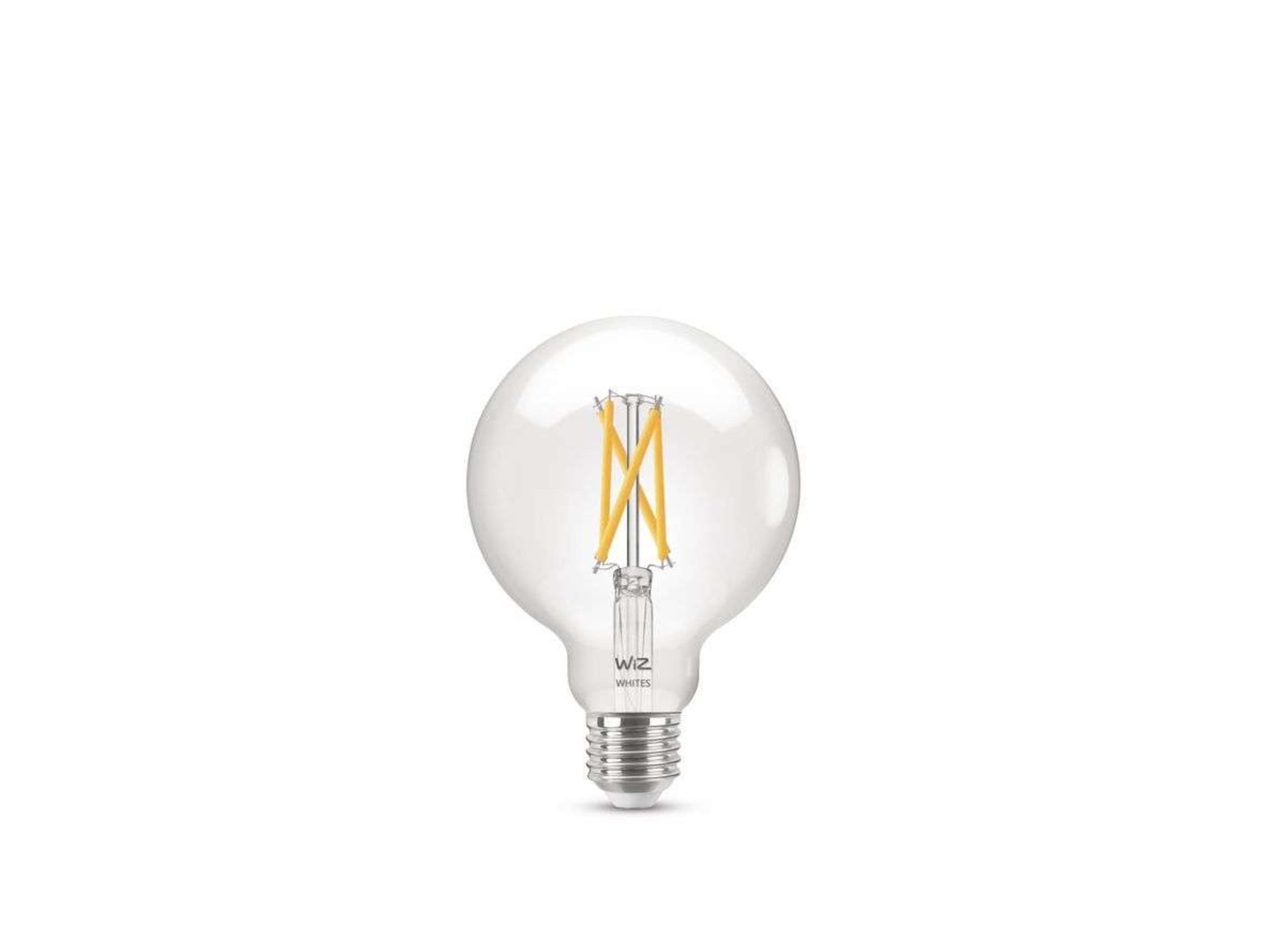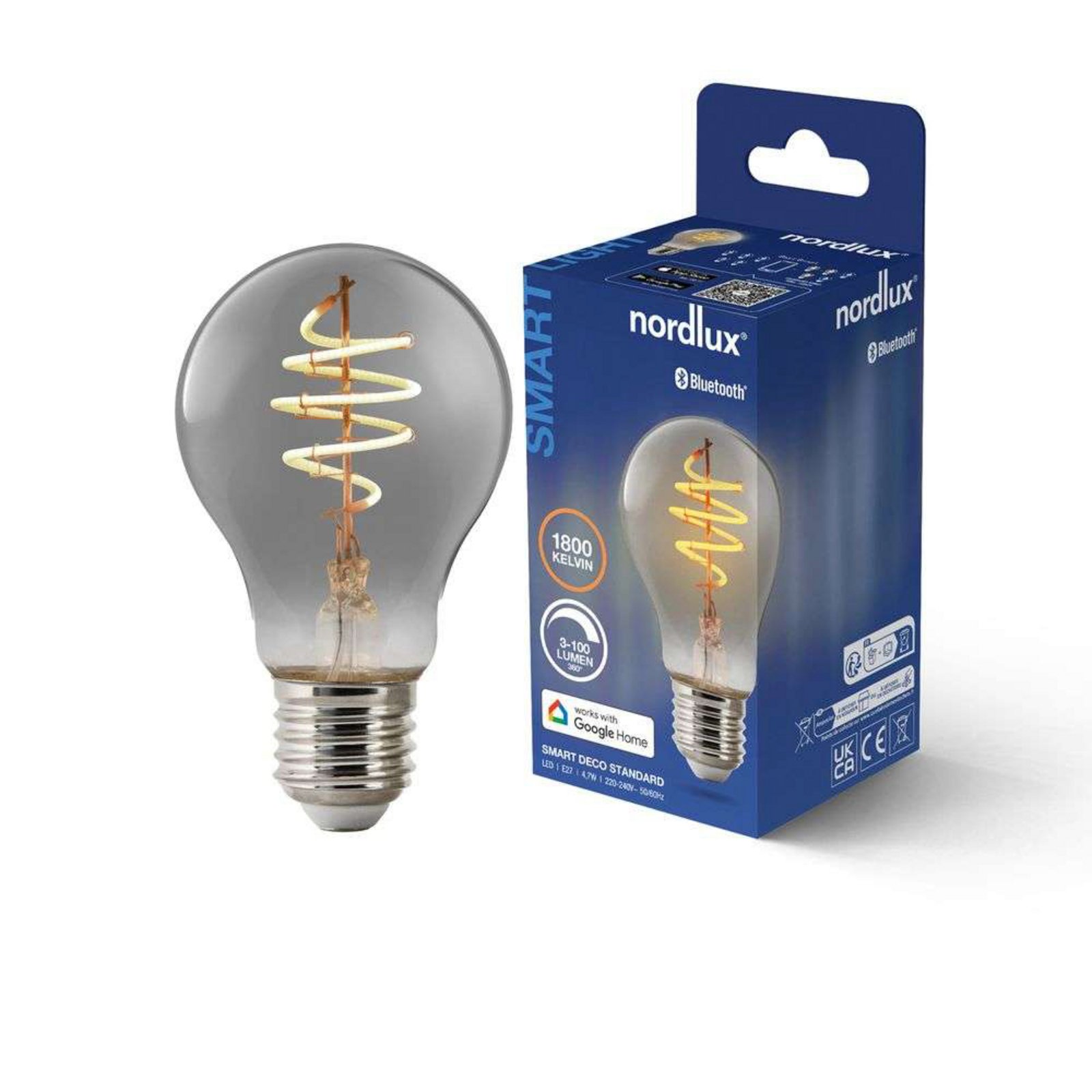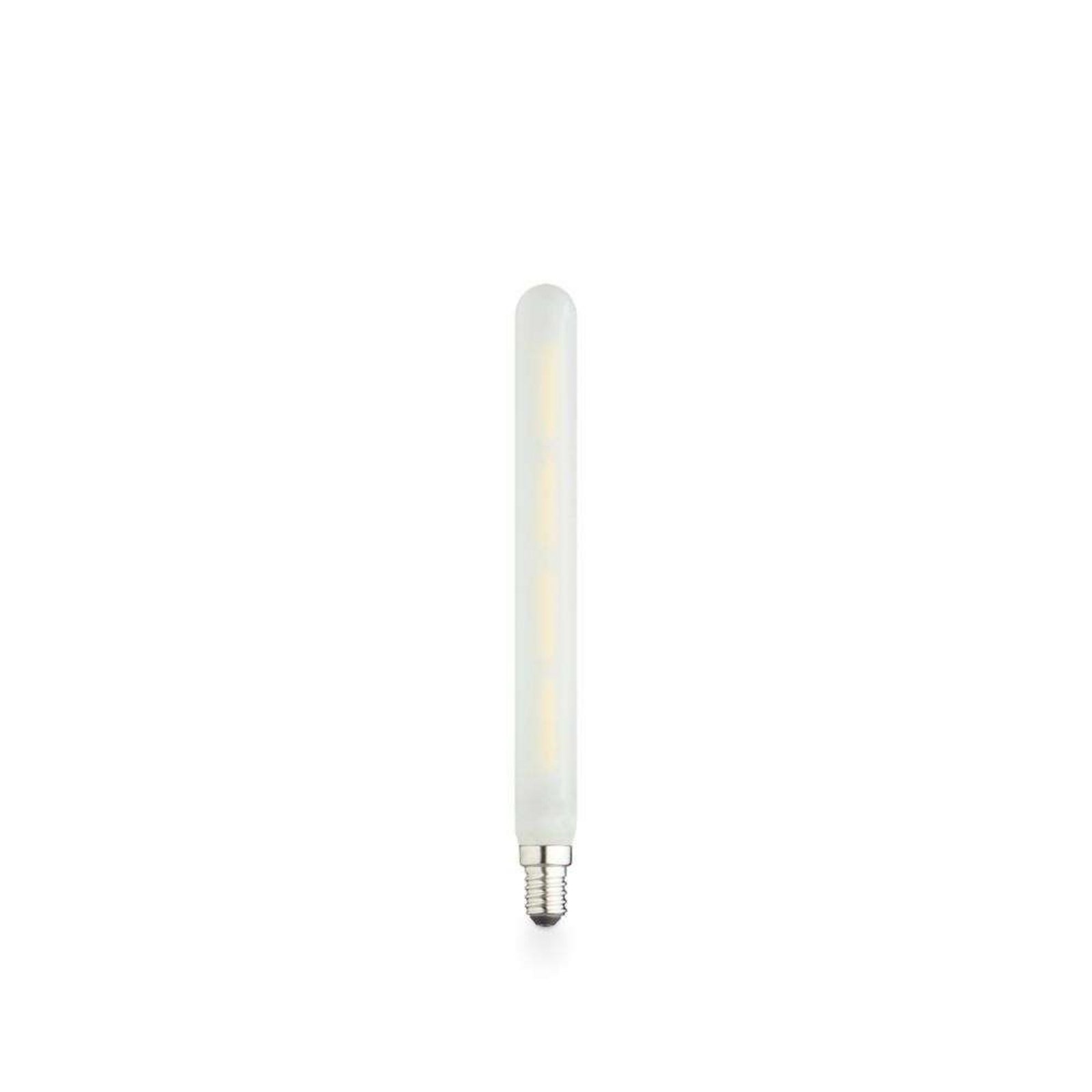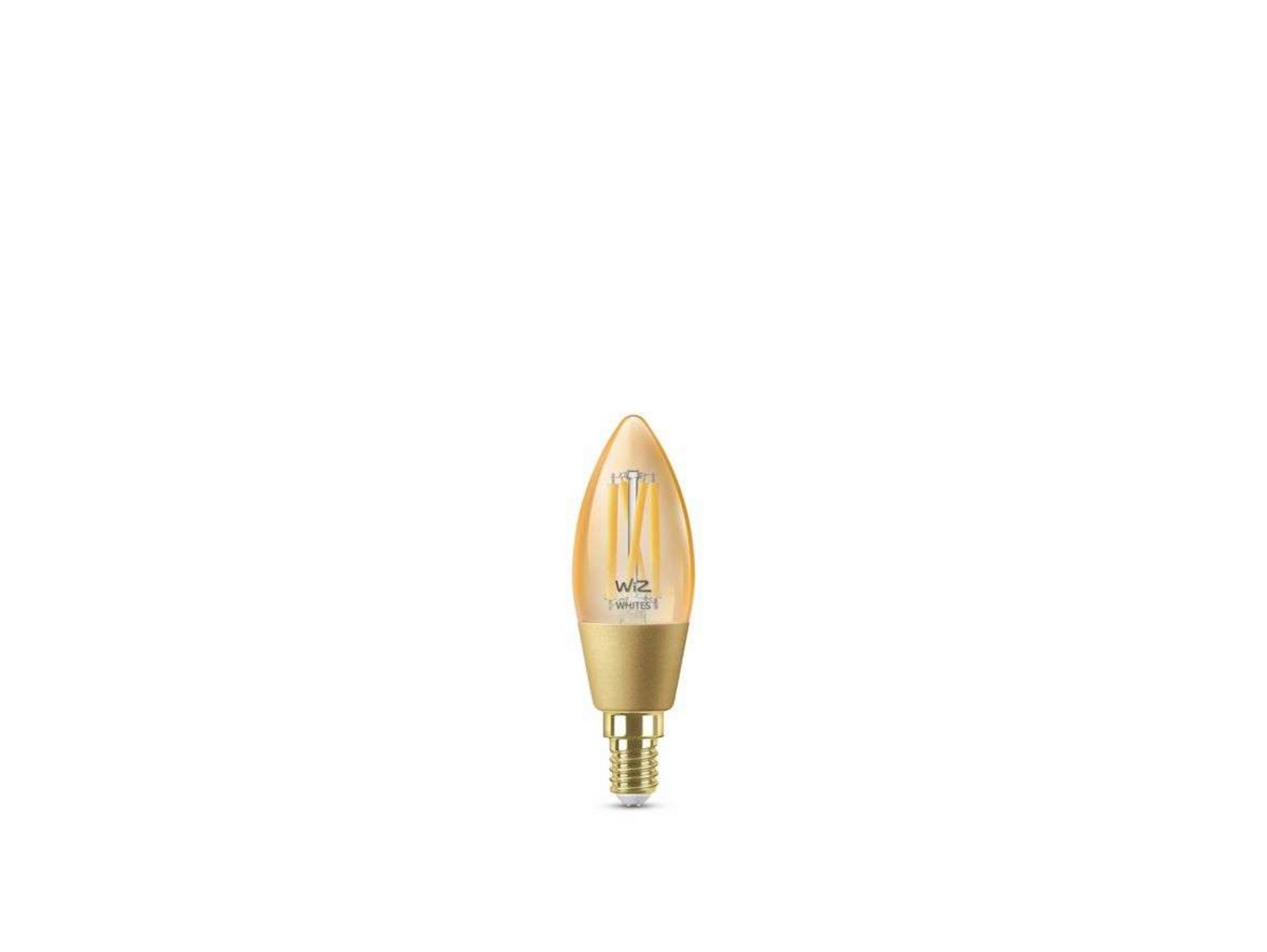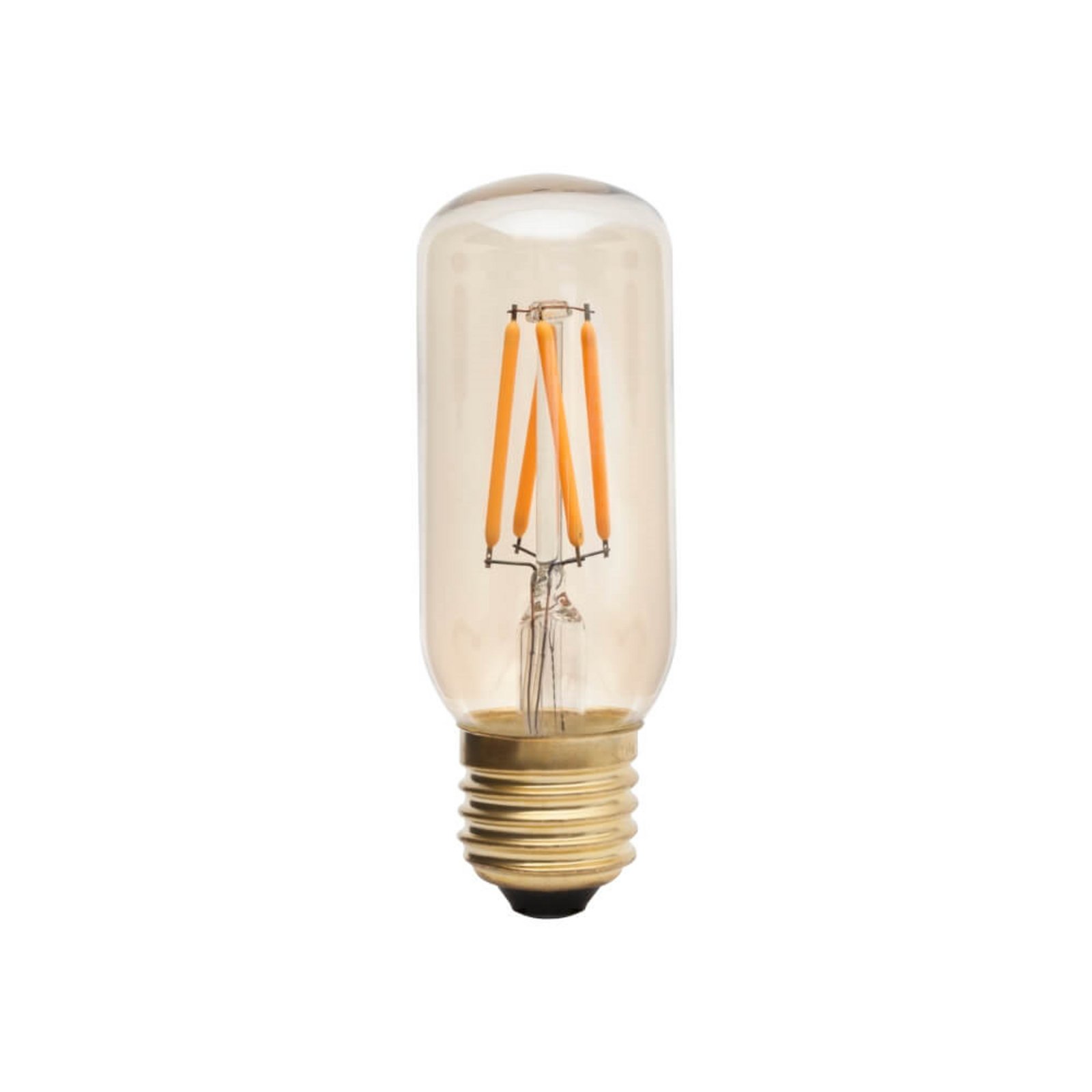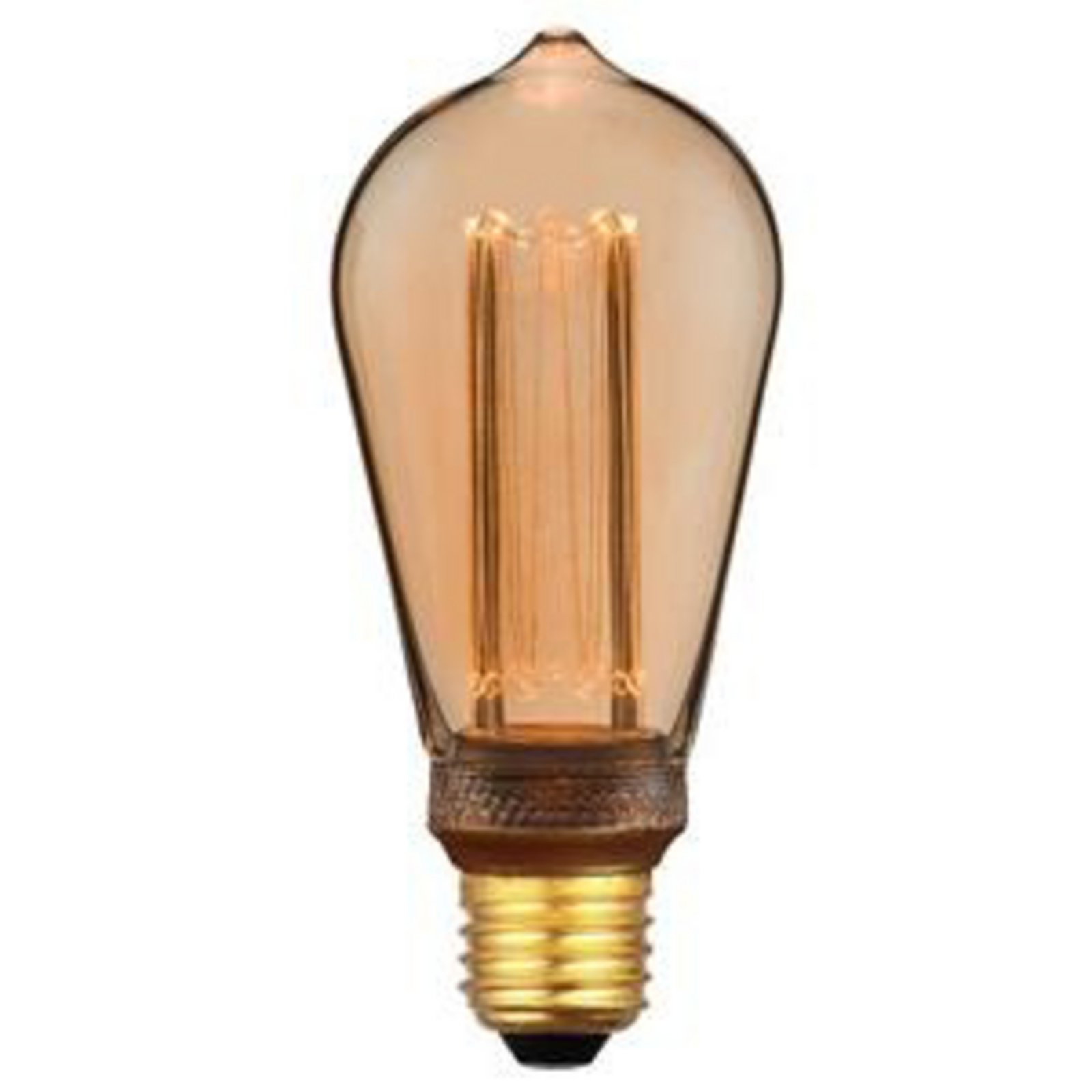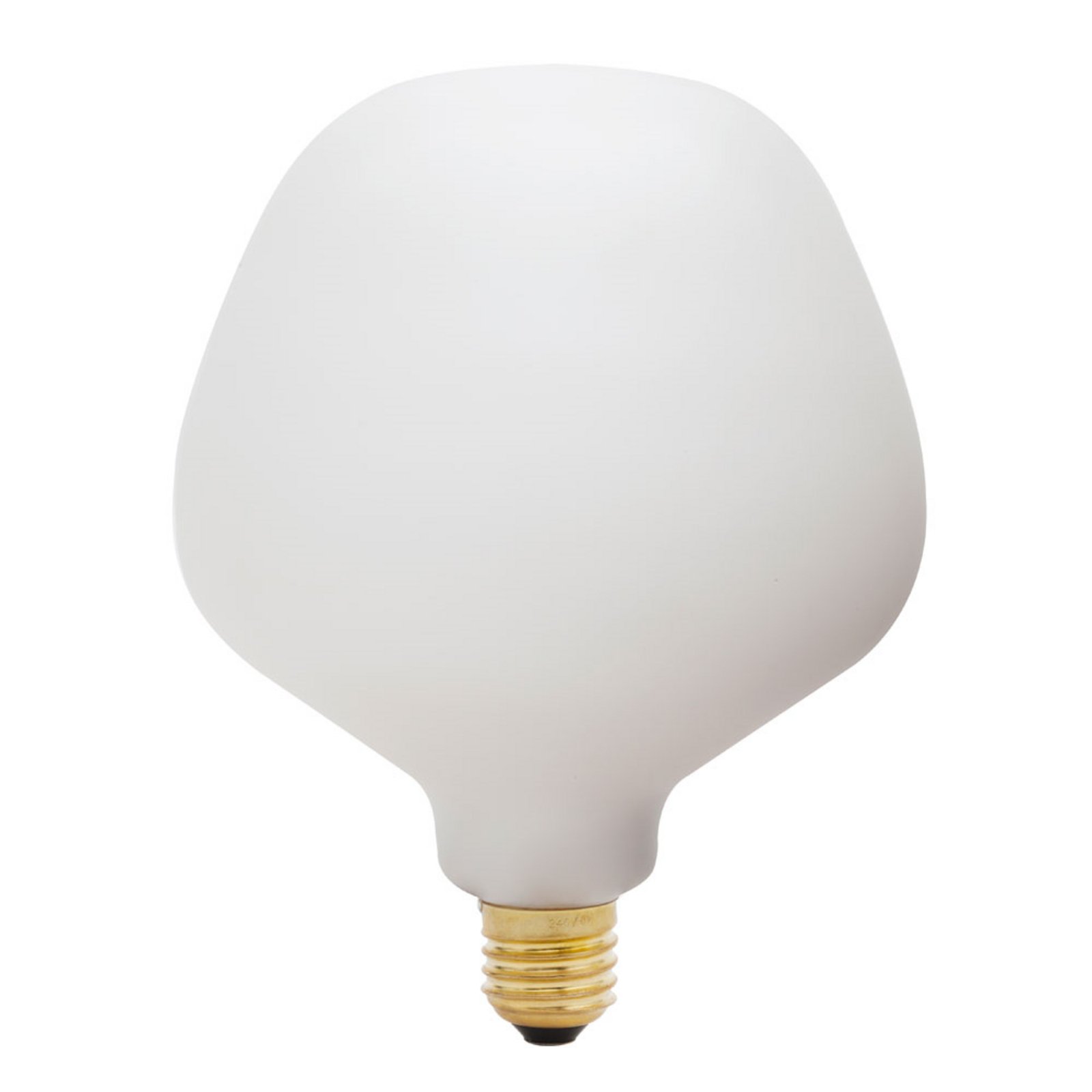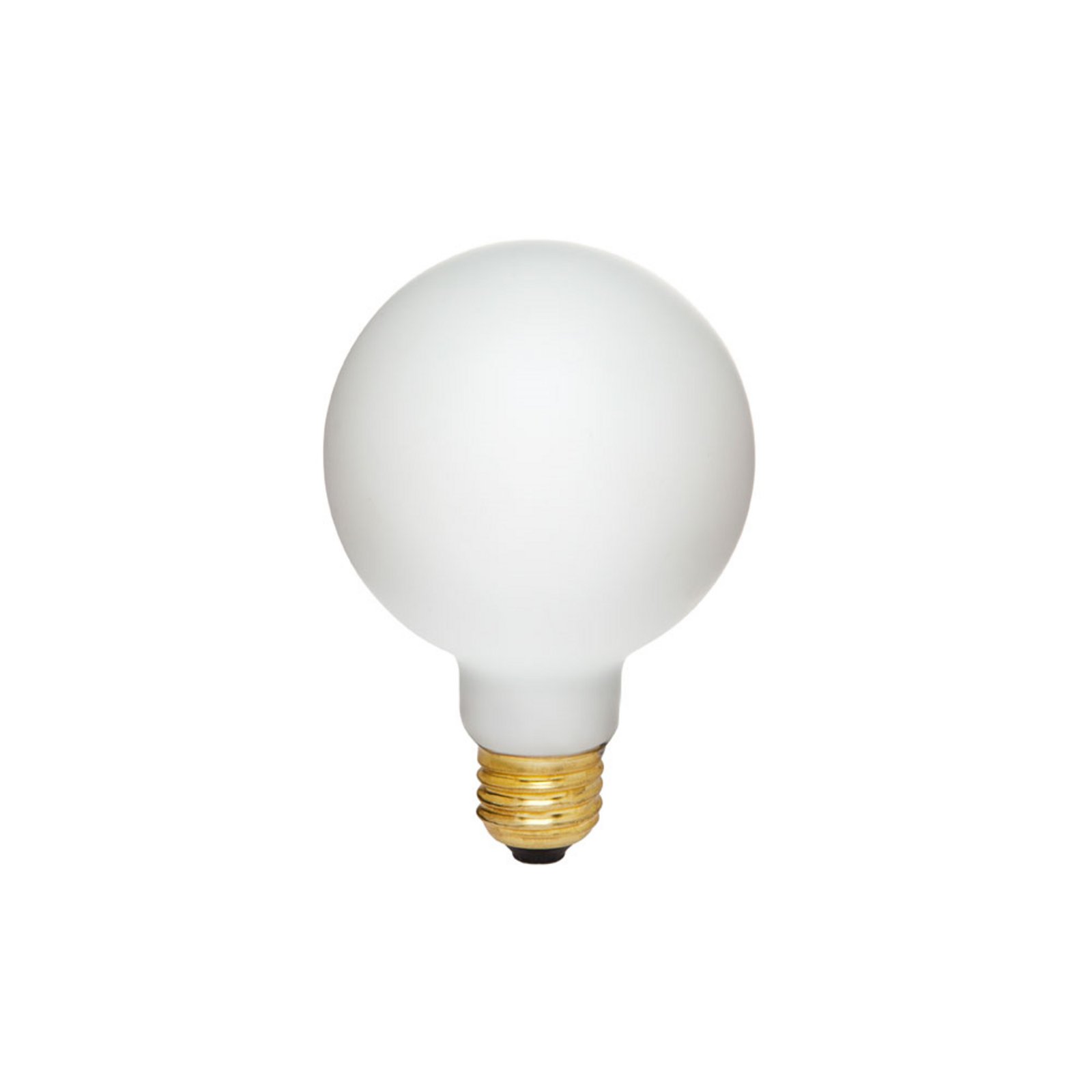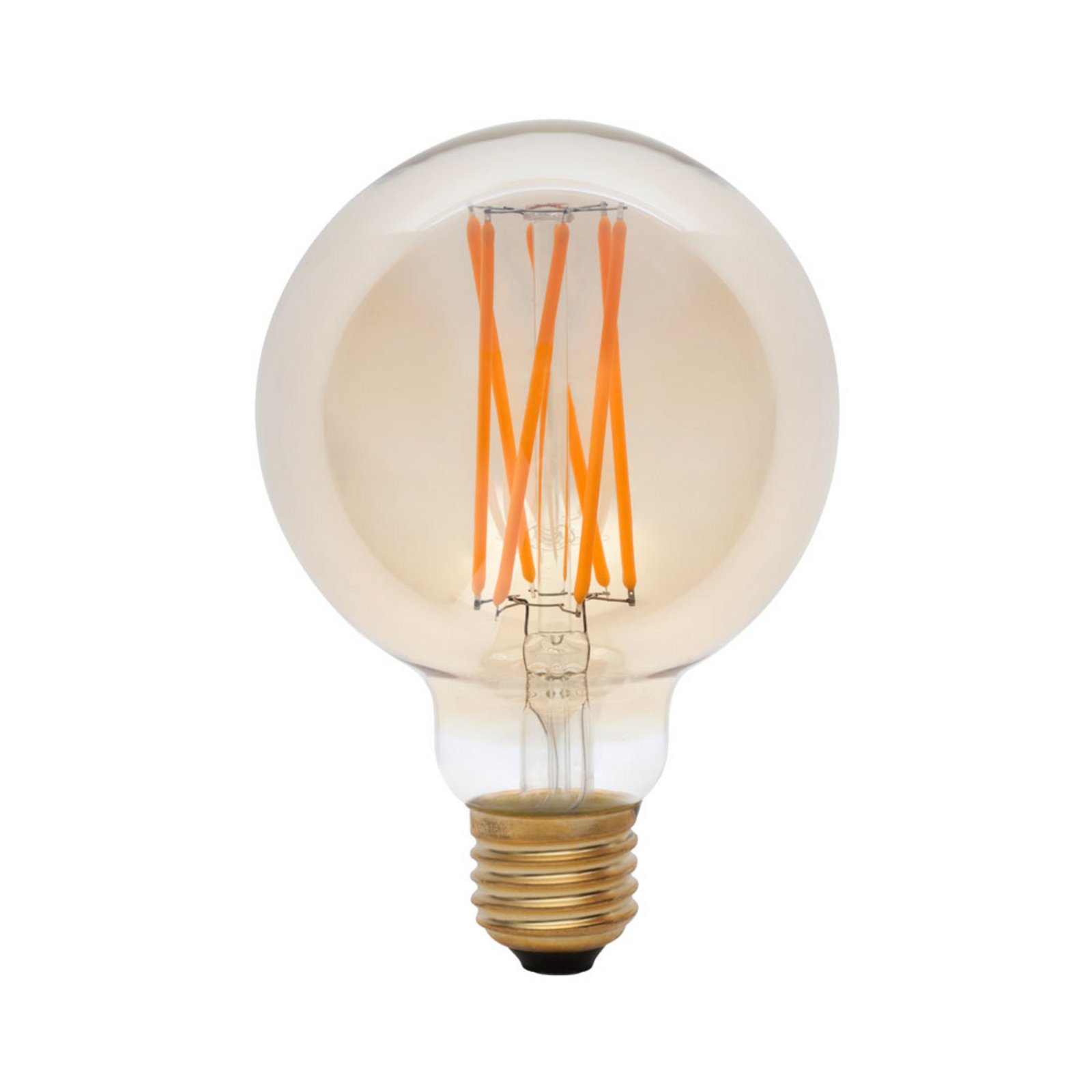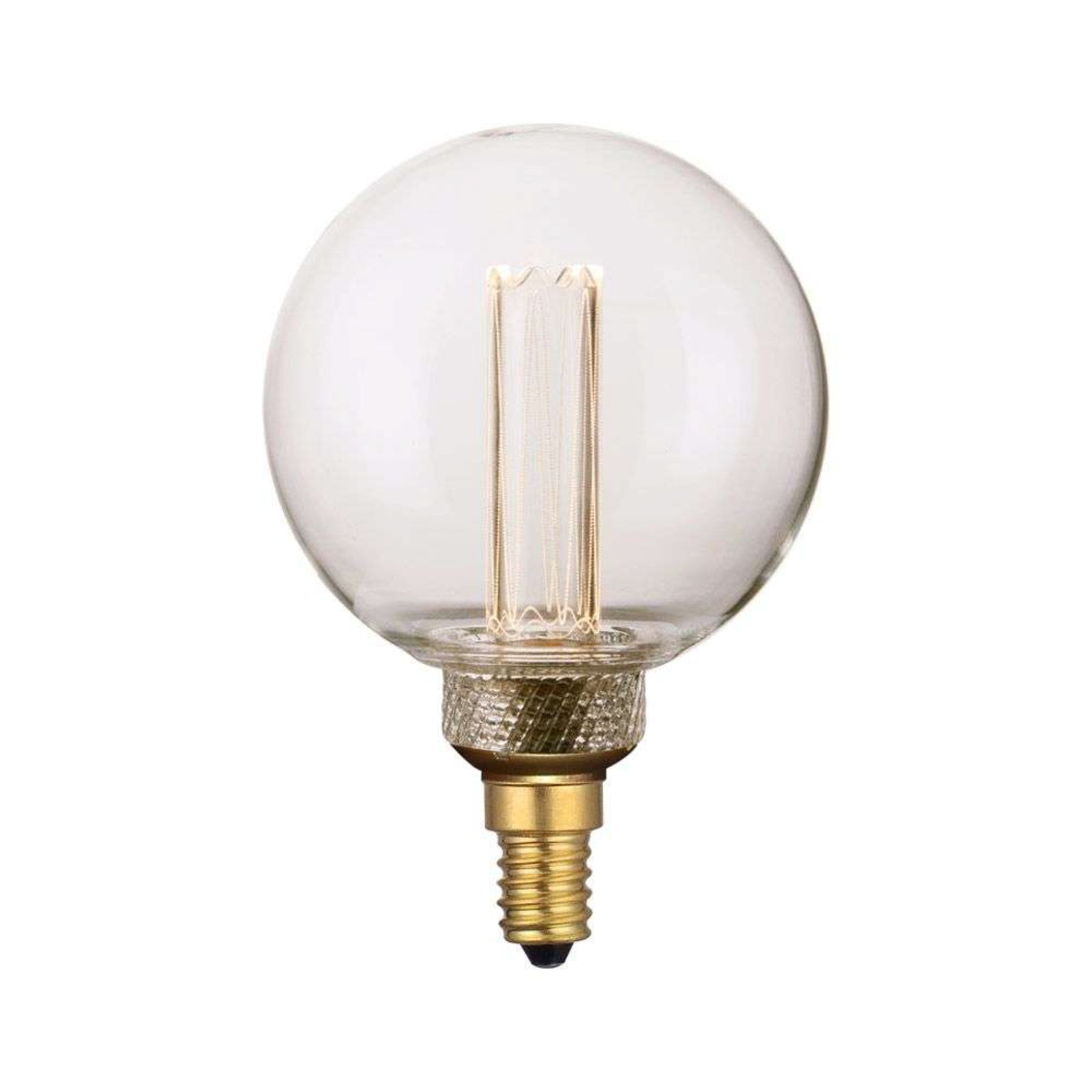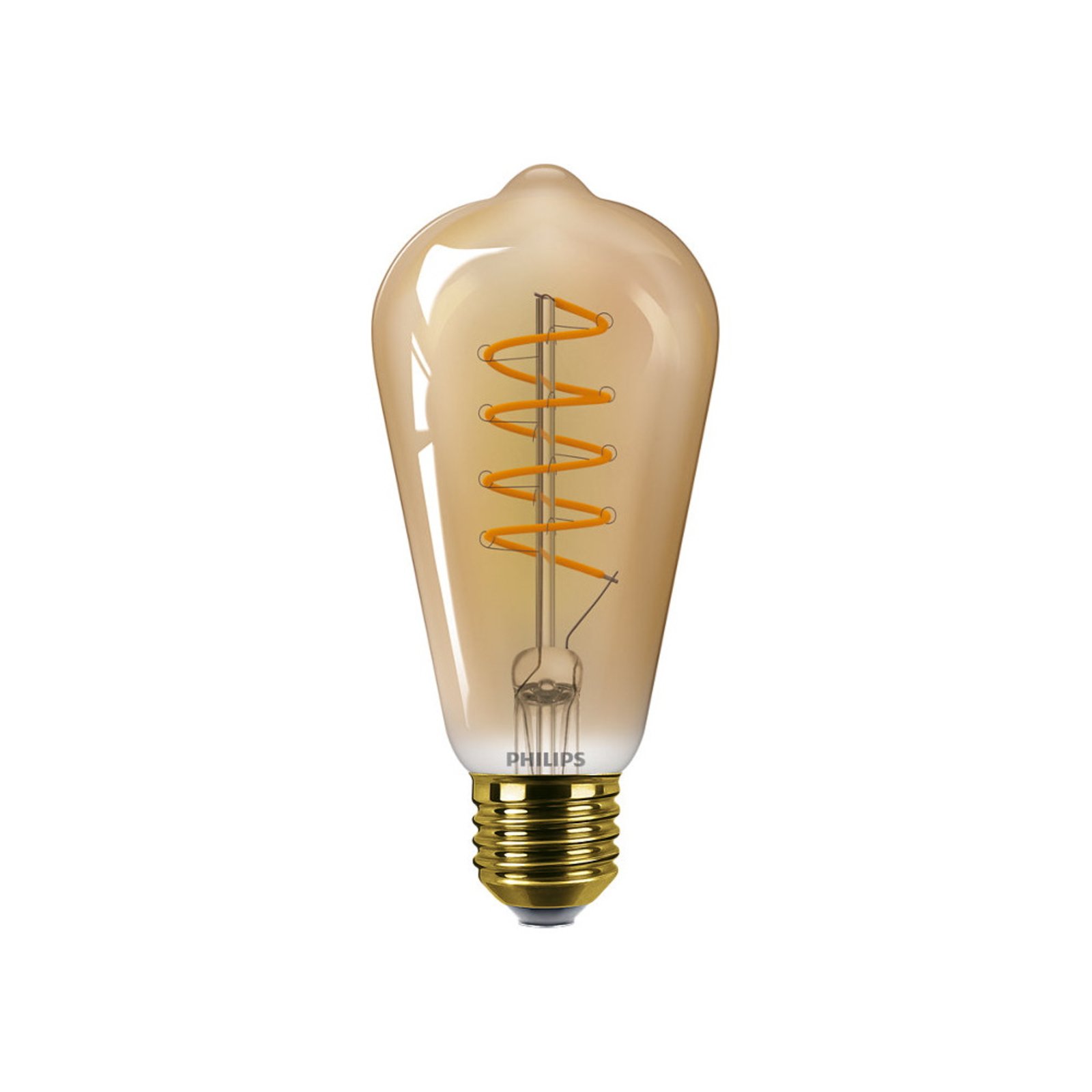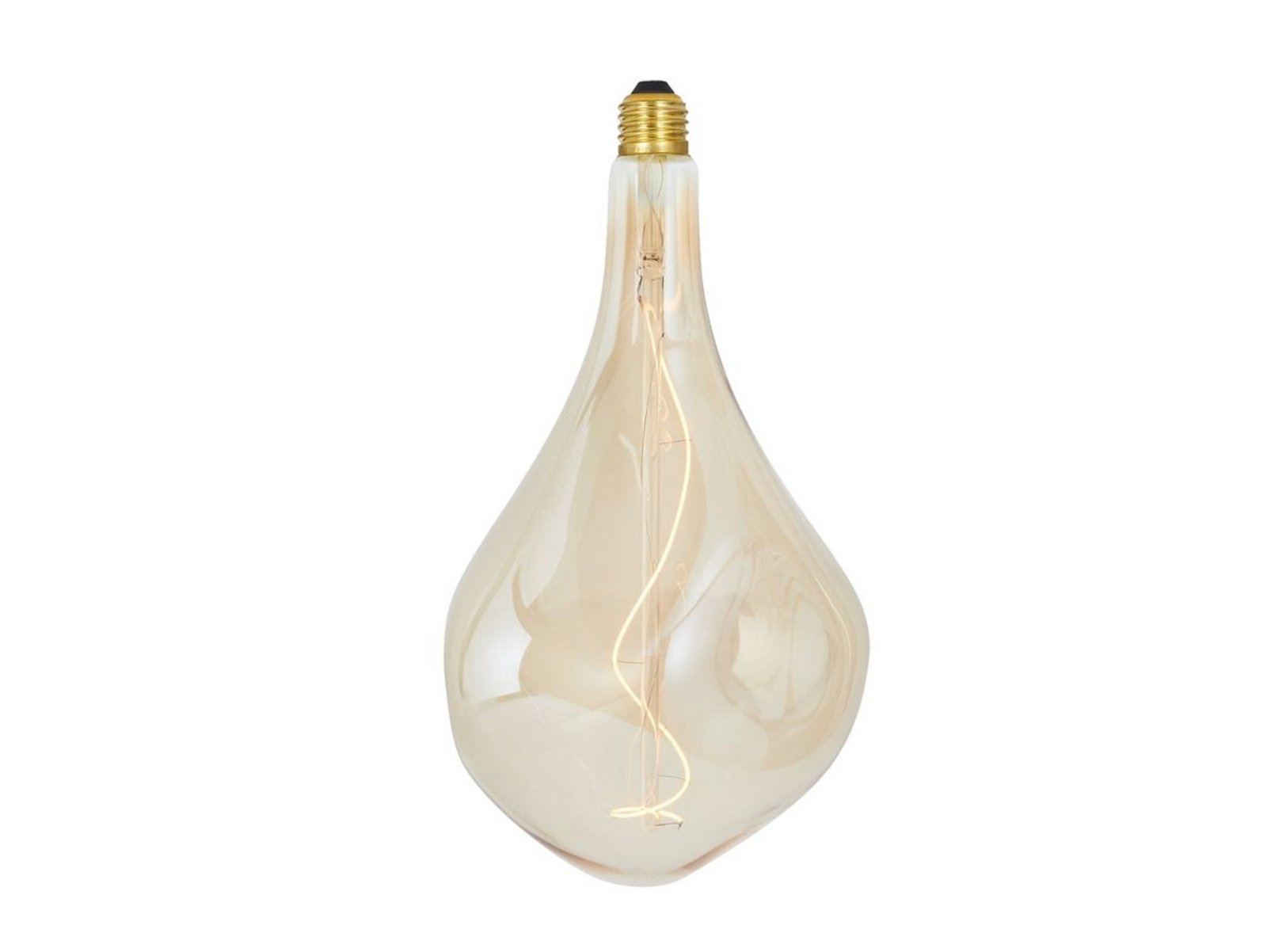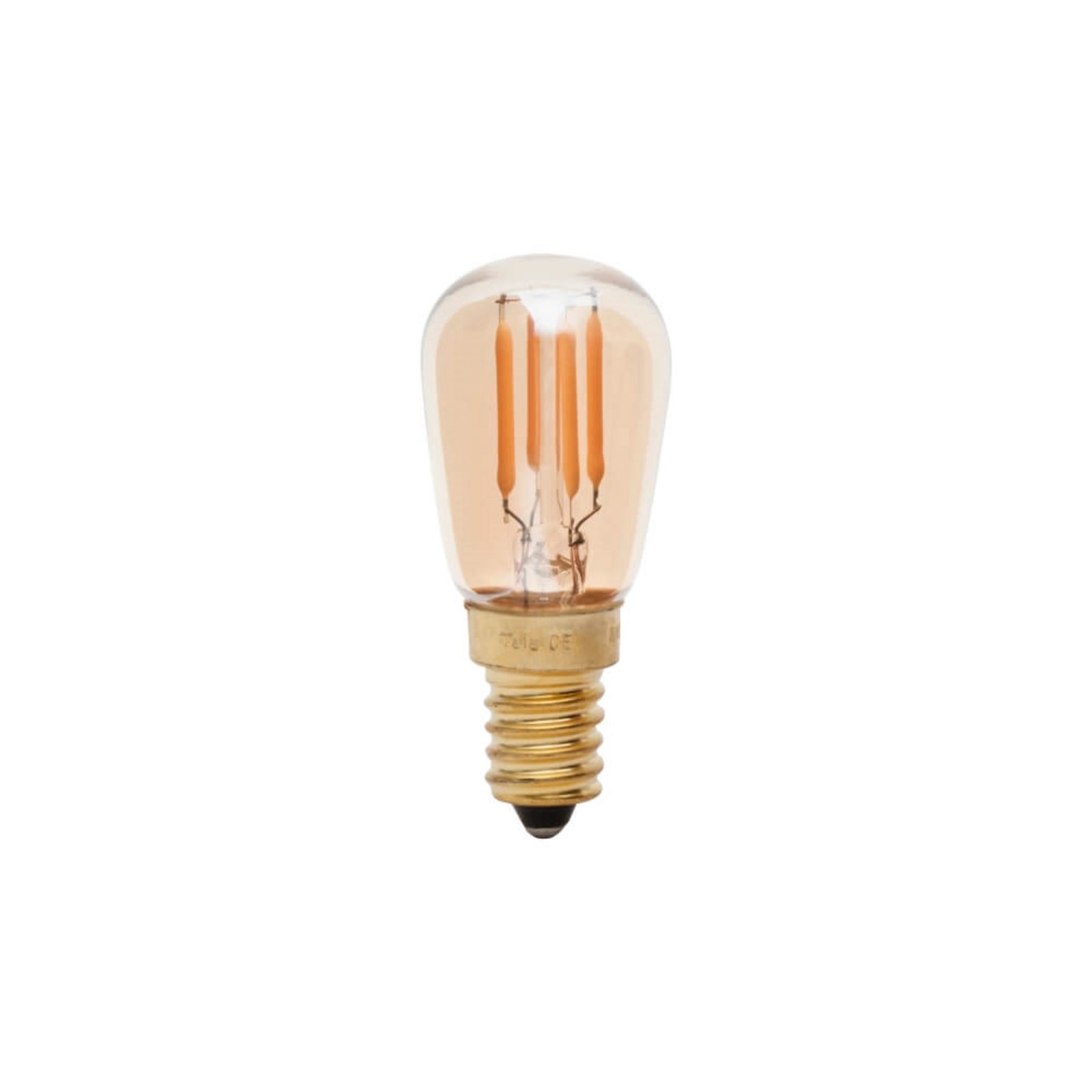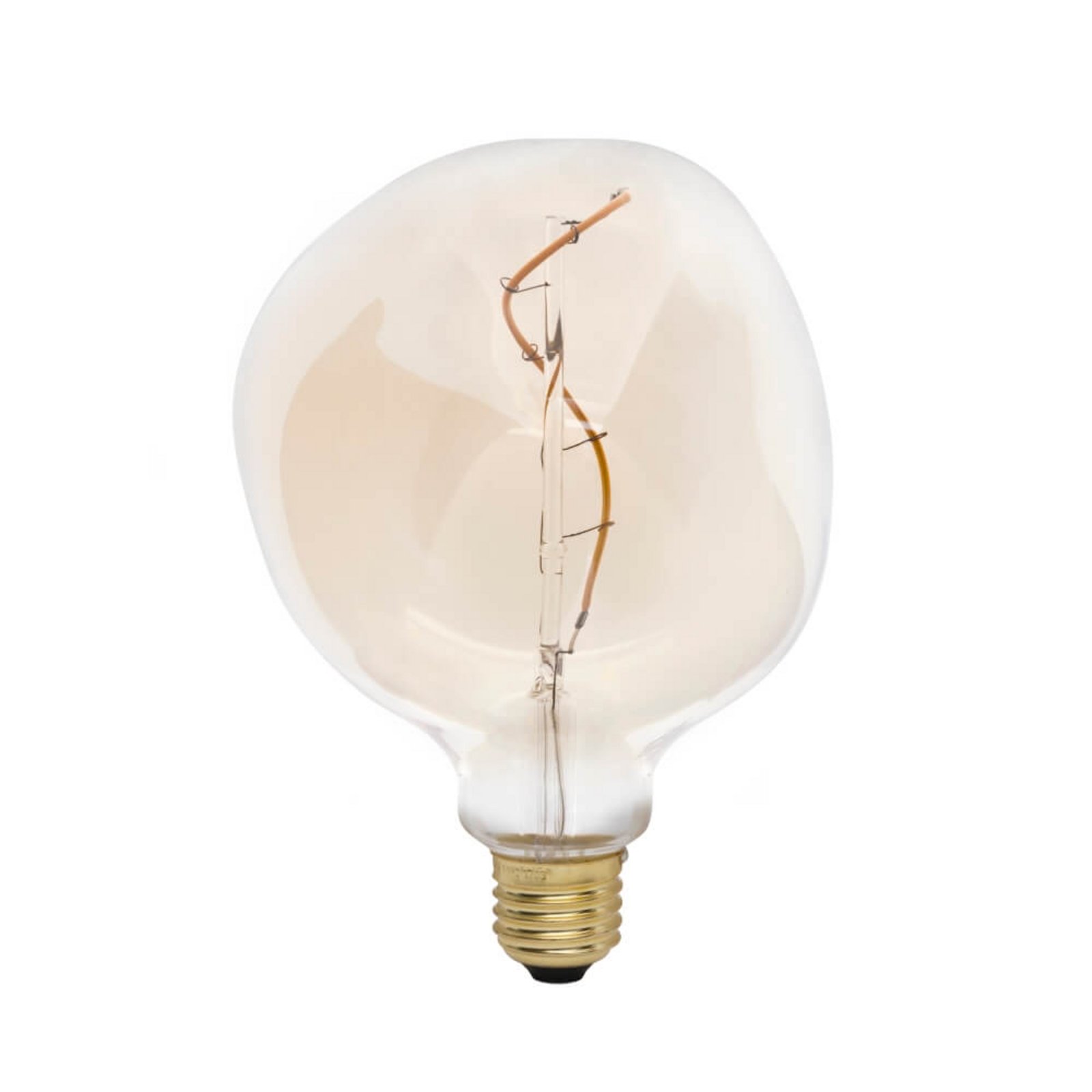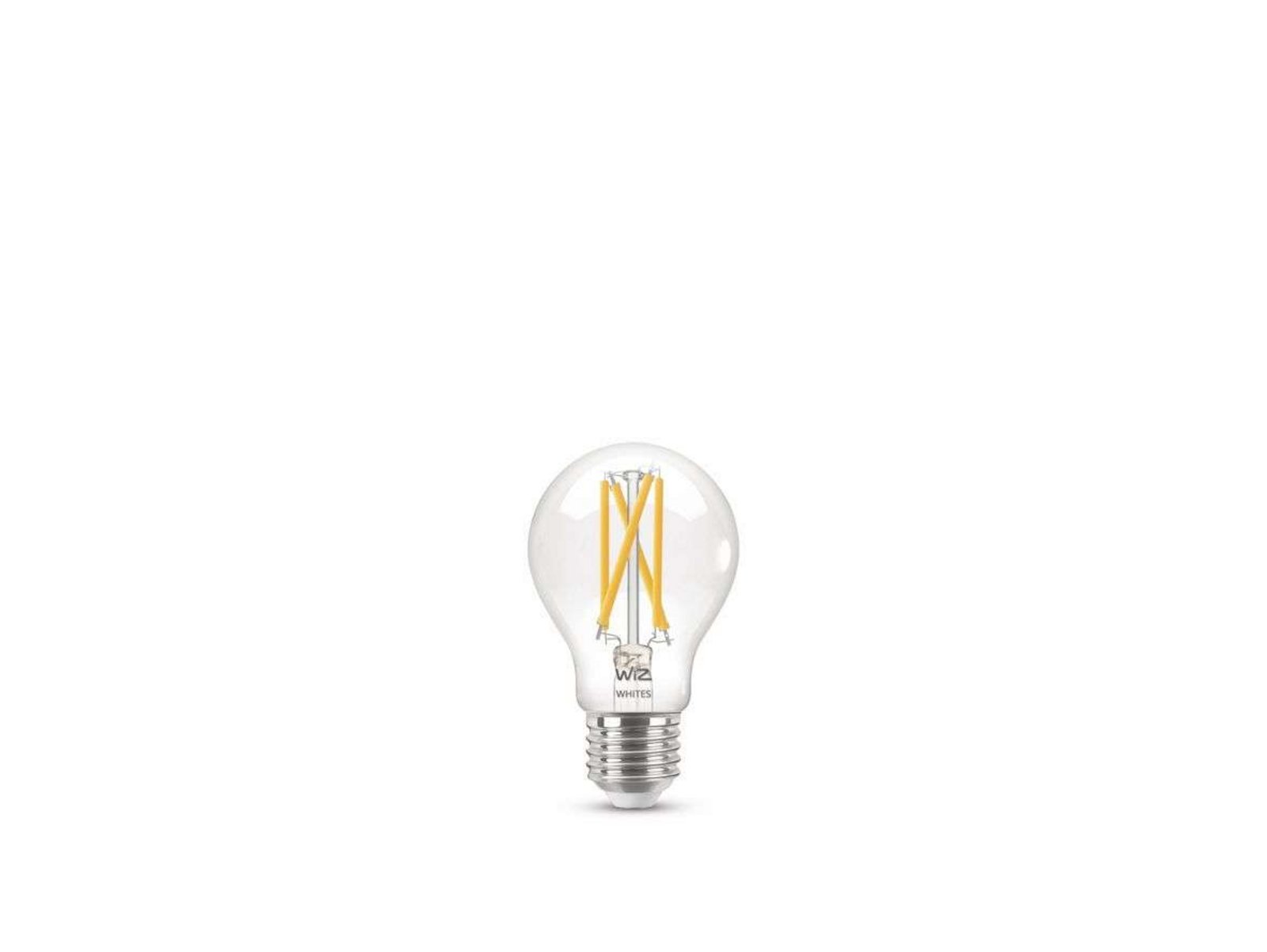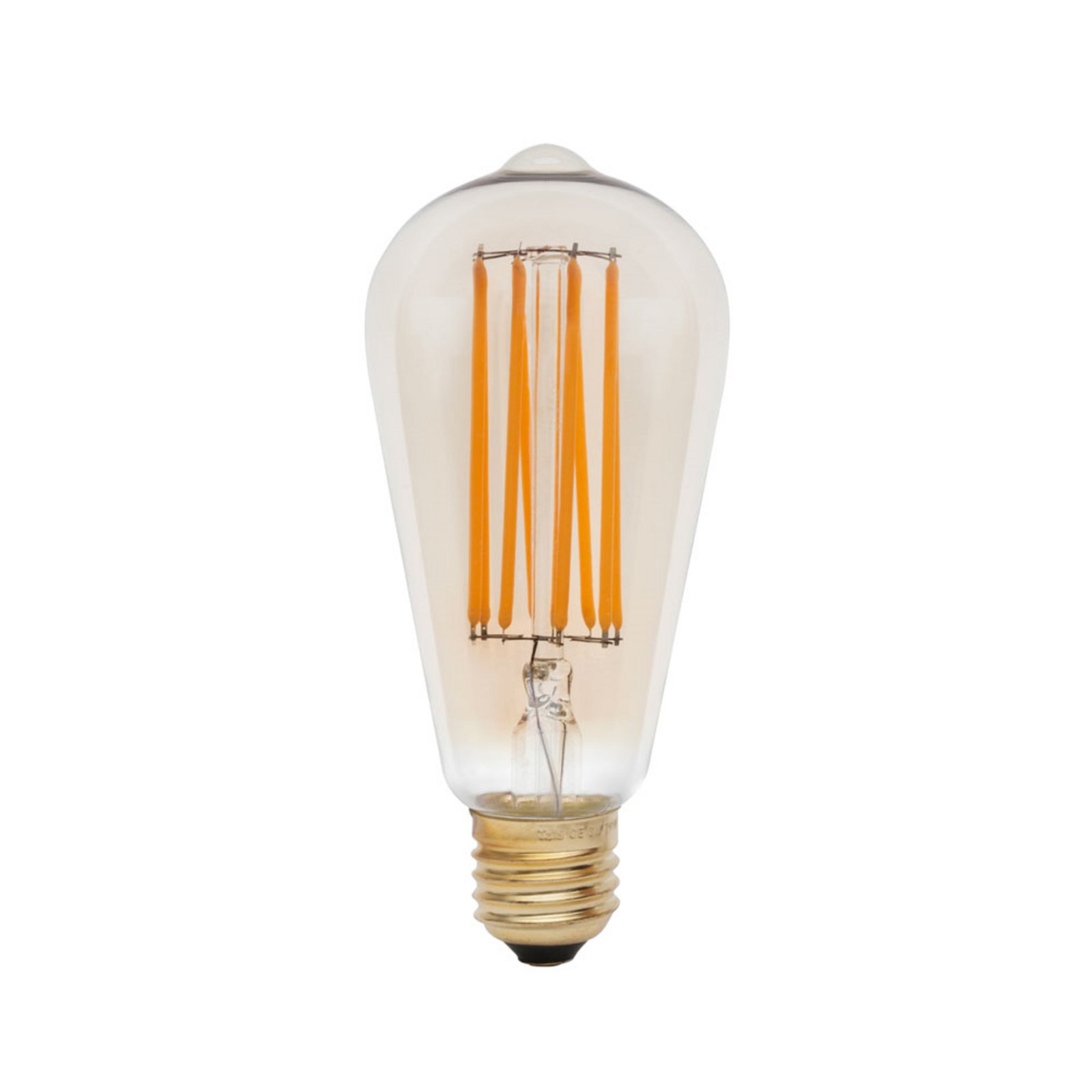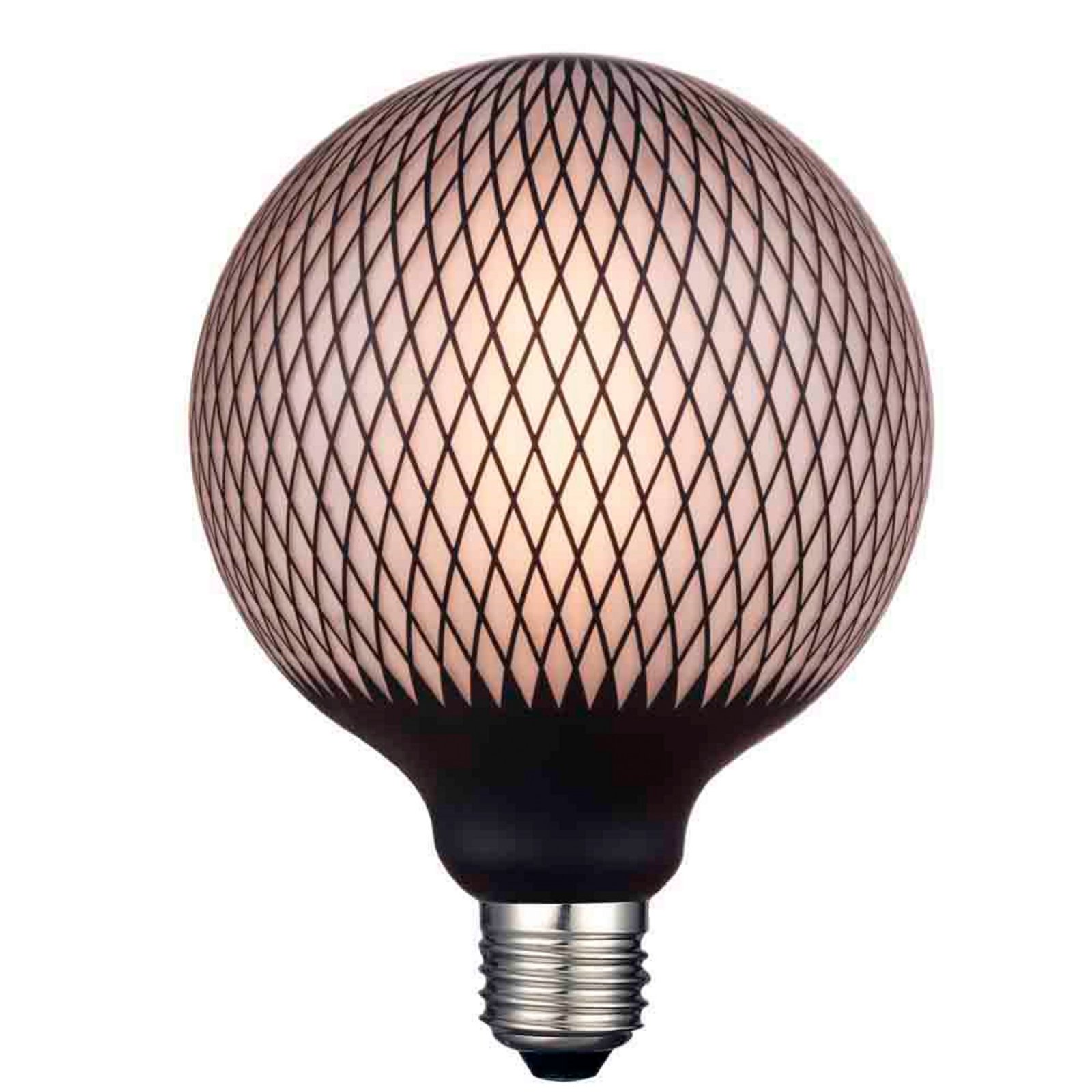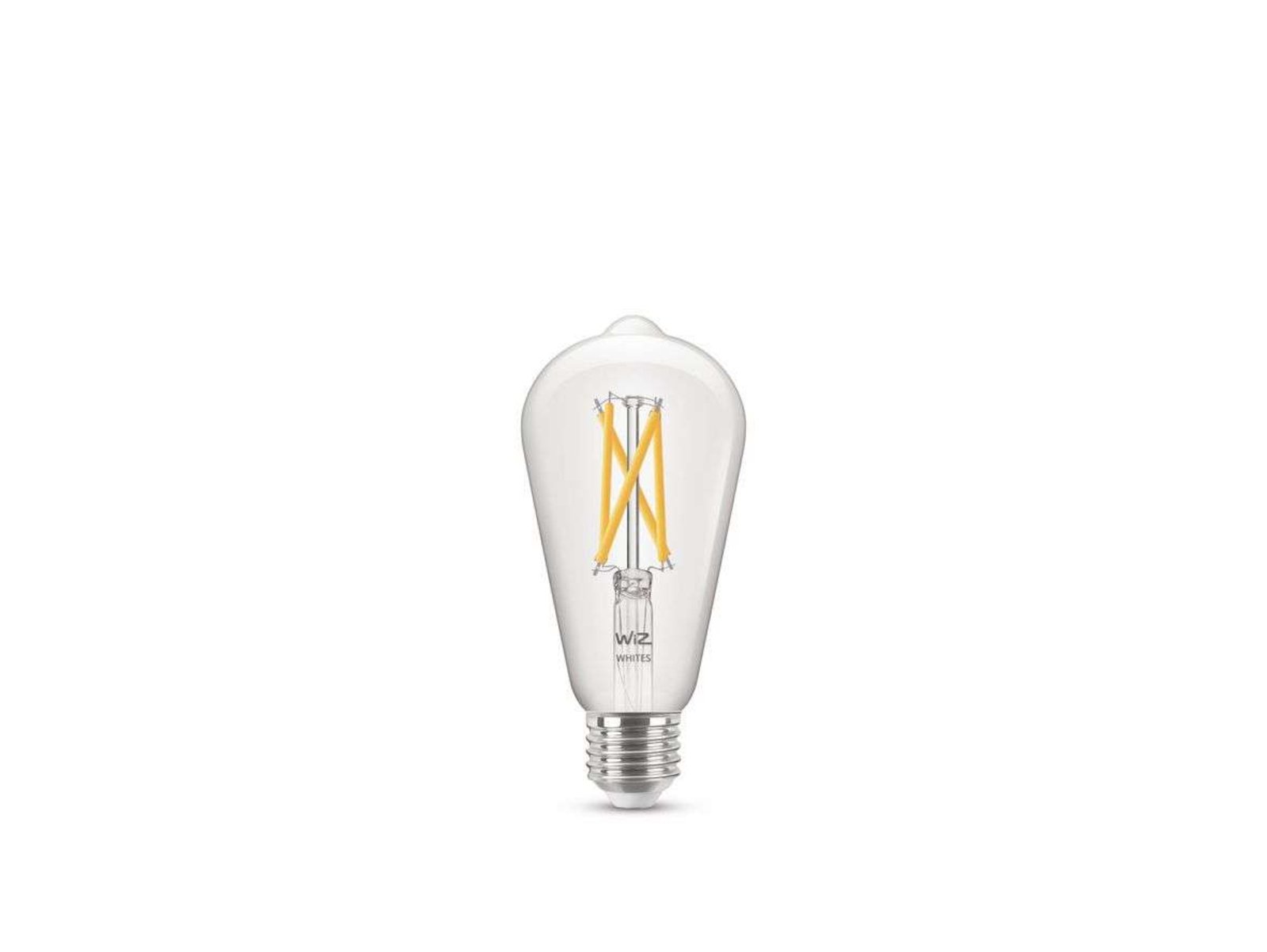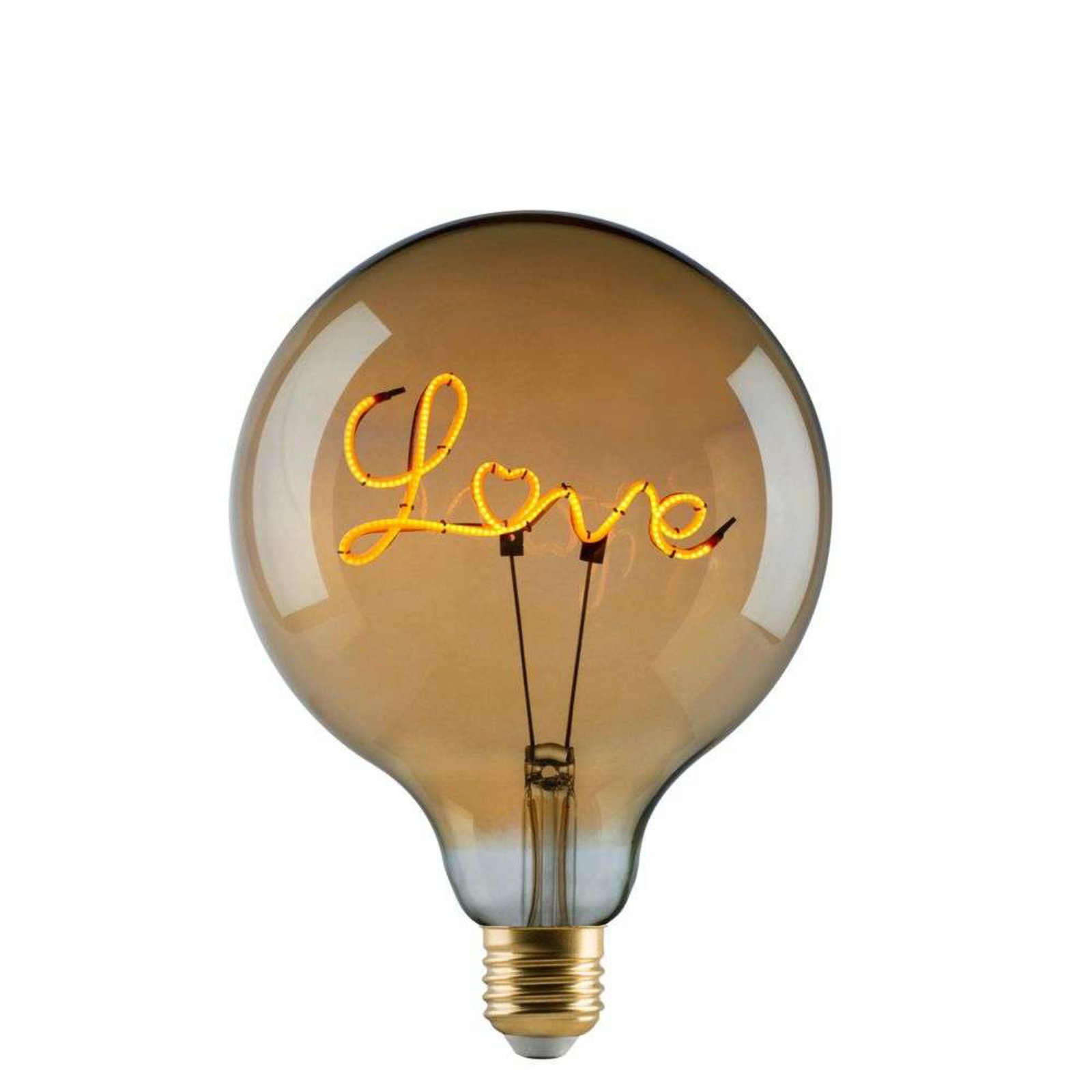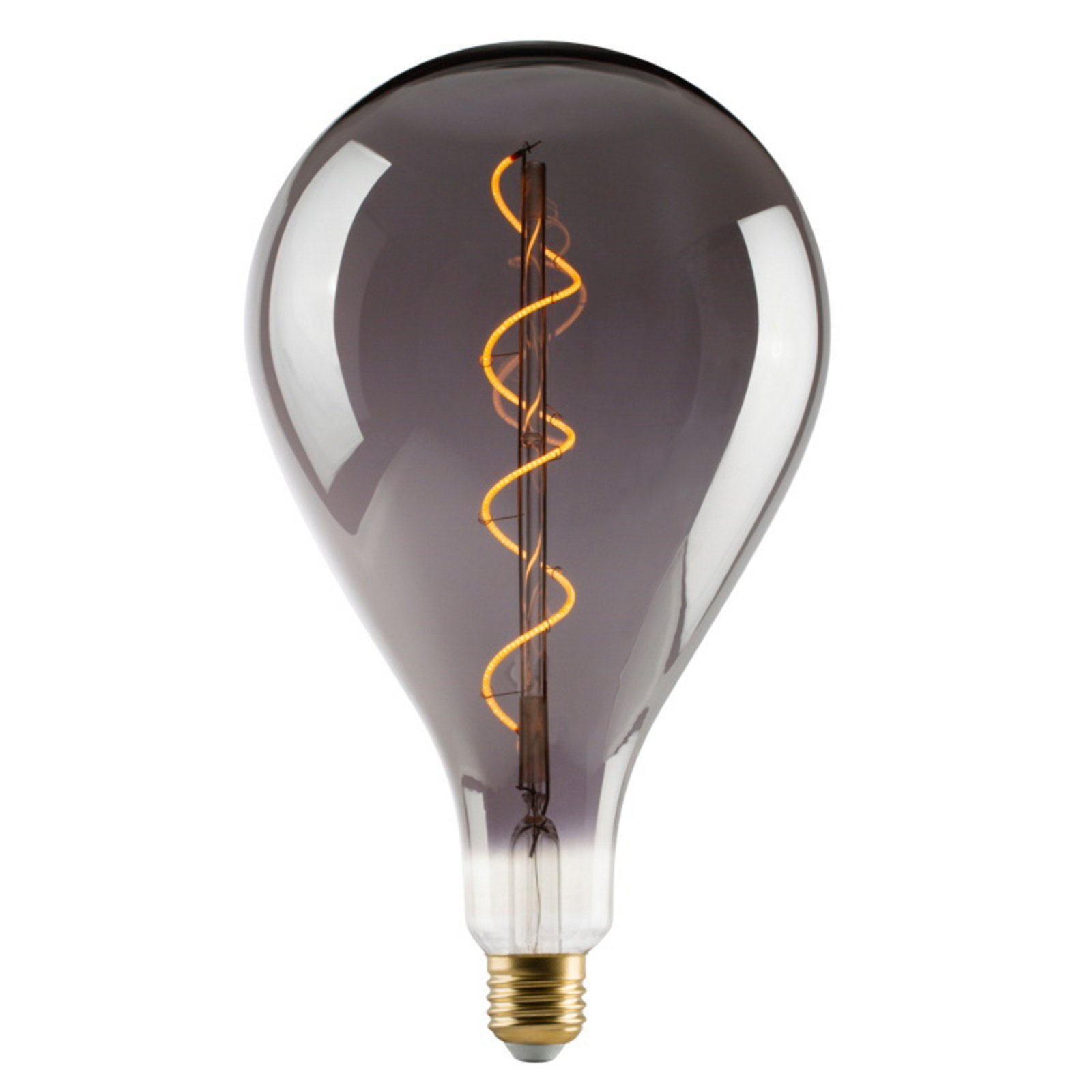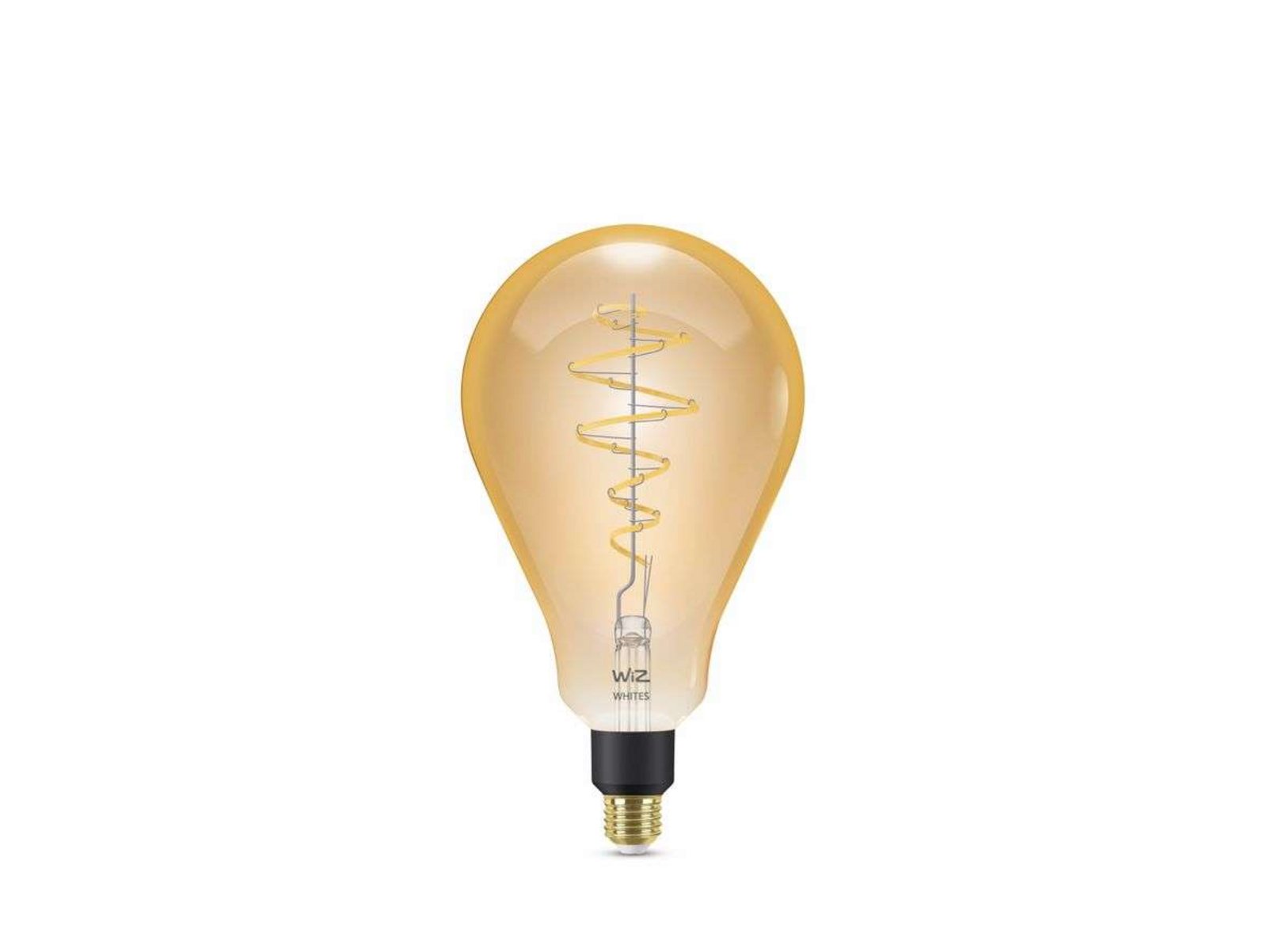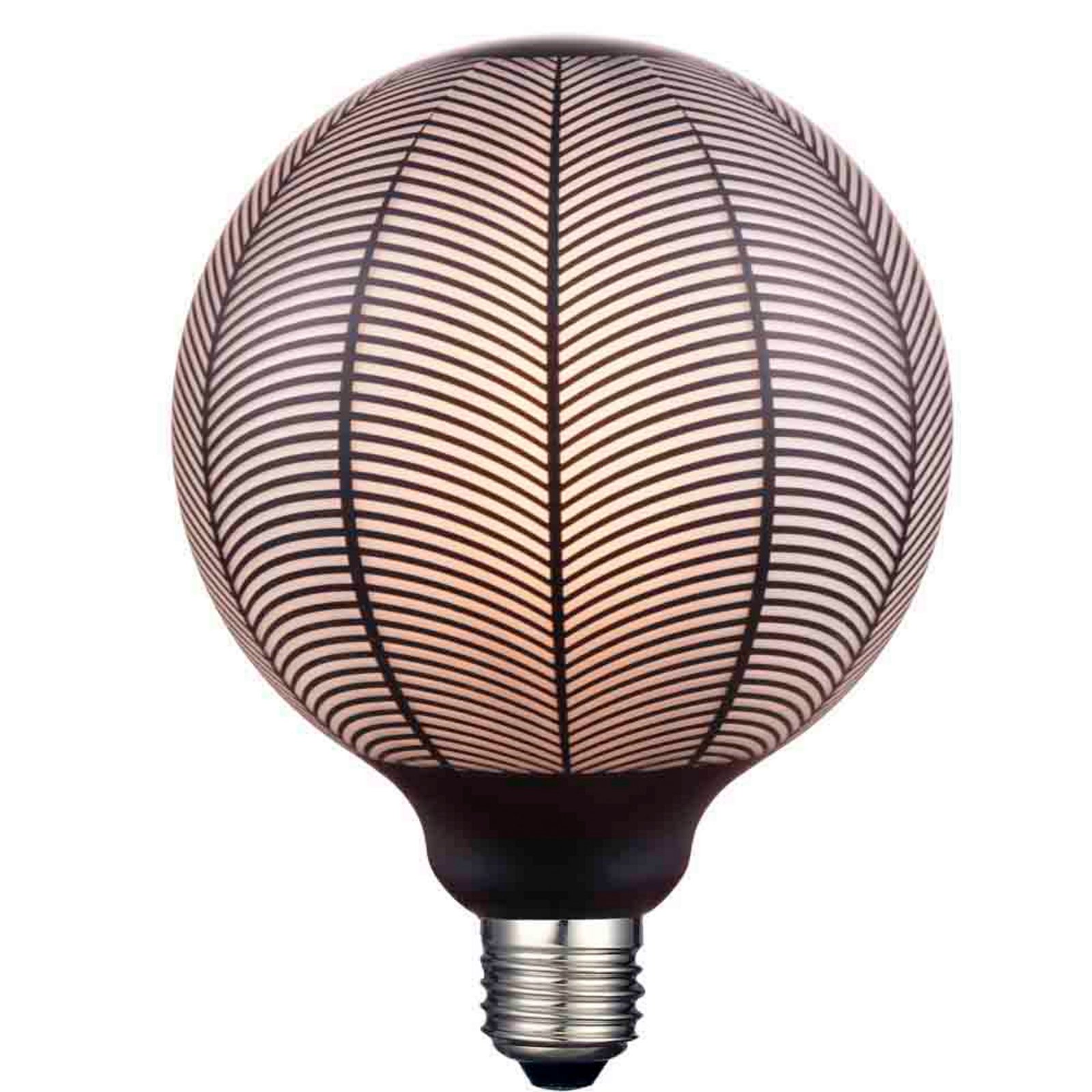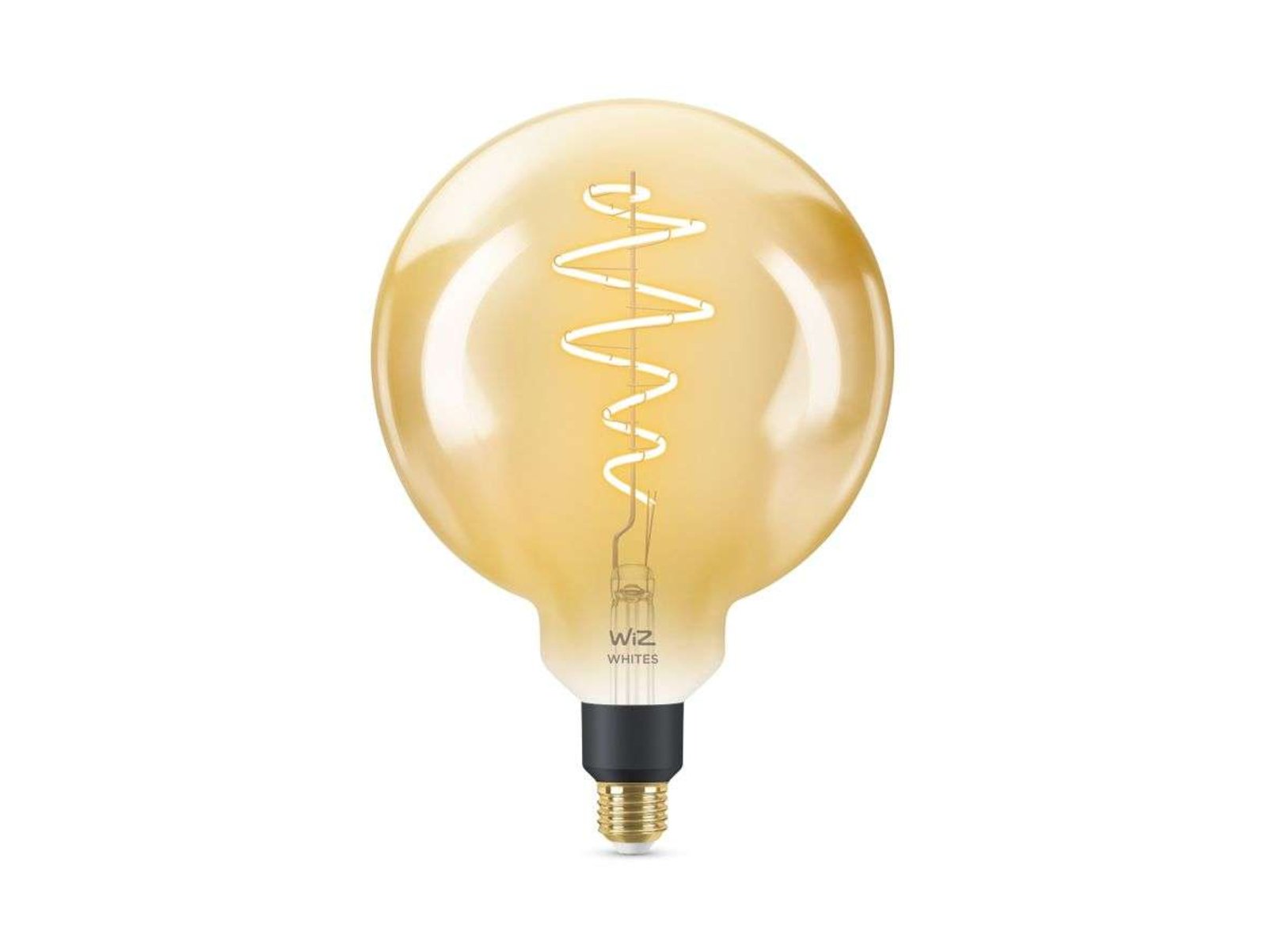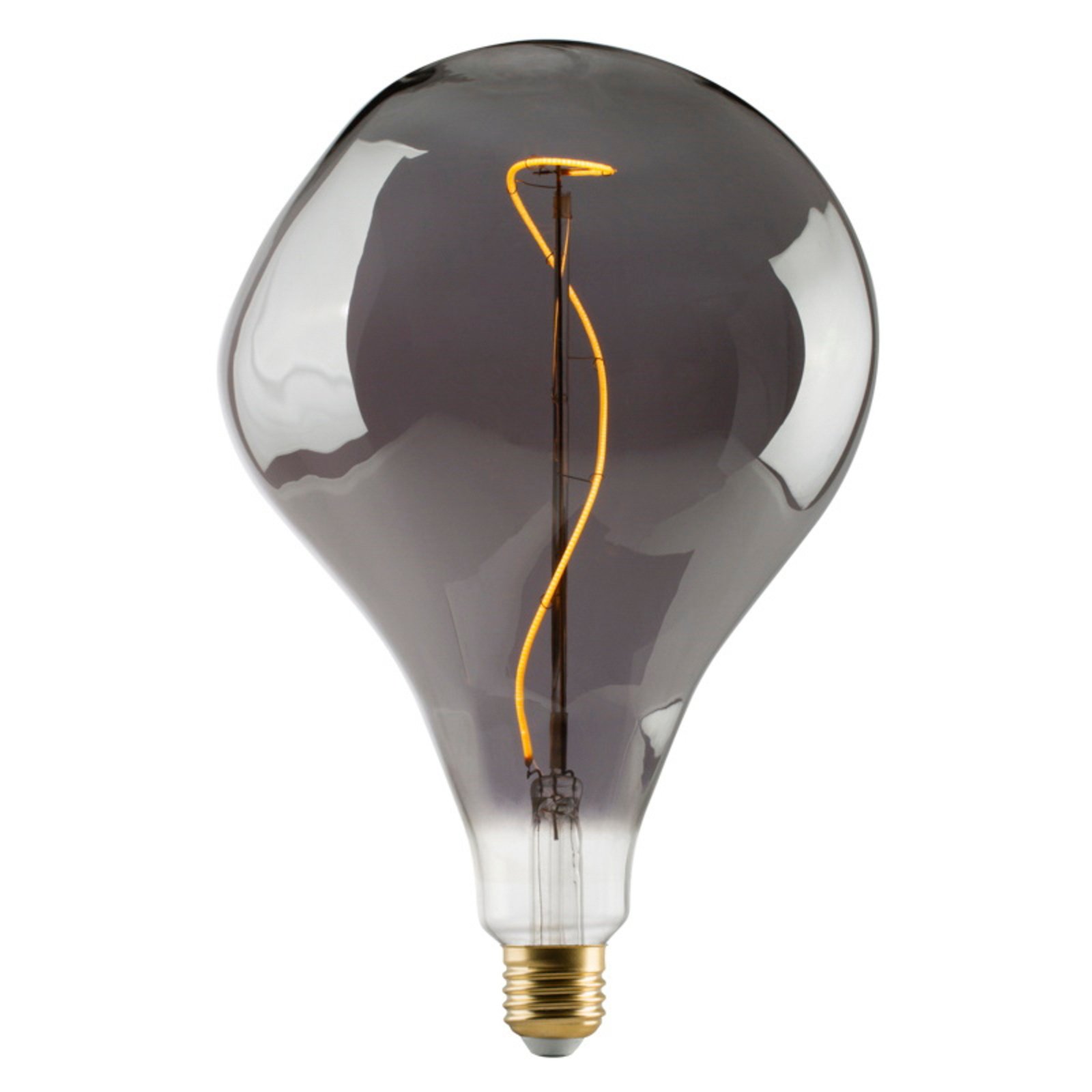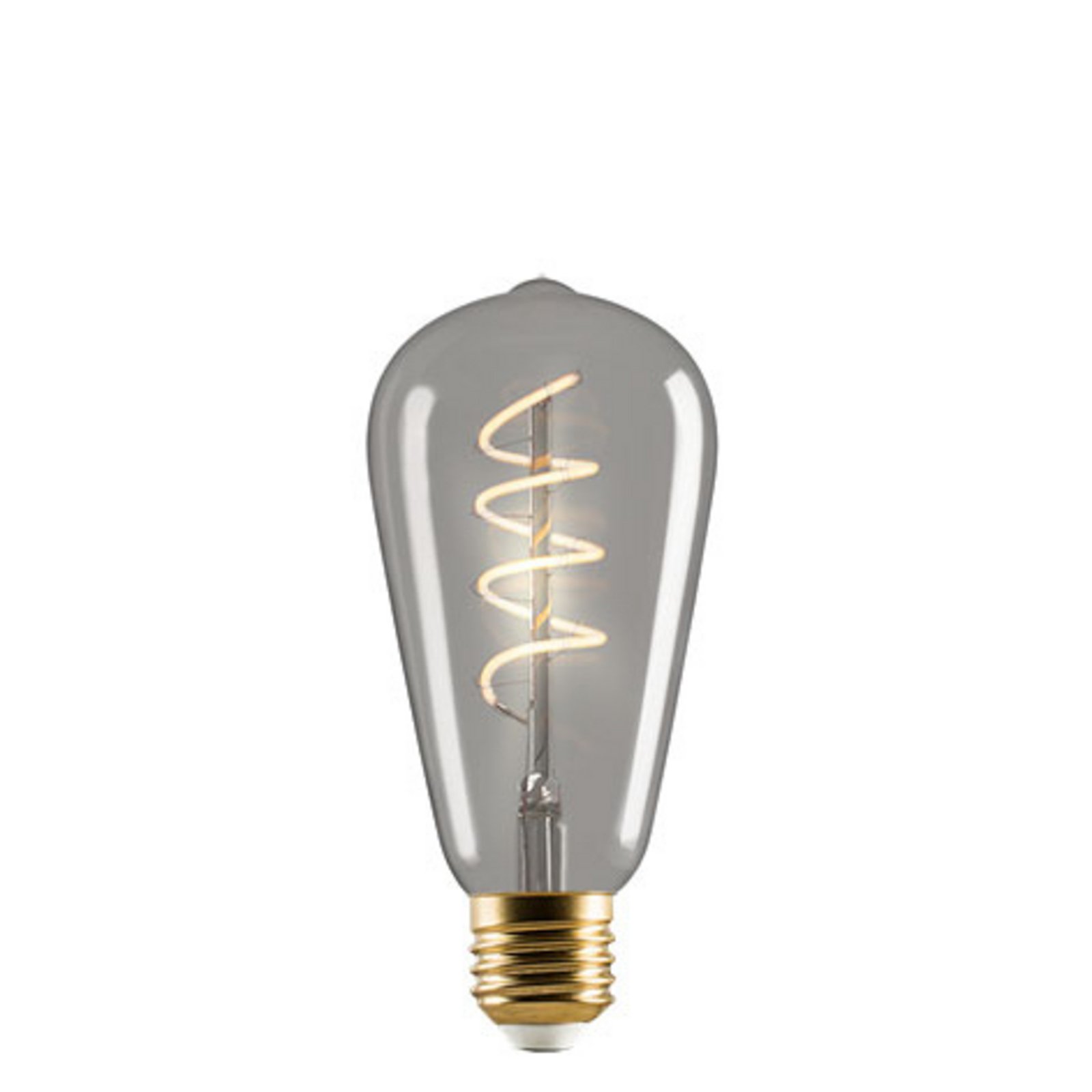- Professional Customer Service
- 50-day return policy
- Free delivery over €99
Share your pictures with @lampemesteren
Decorative bulbs
Thanks to modern technology, the incandescent light bulb (despite the EU ban in 2008) has not lost its popularity - quite the opposite. Today, the LED bulb is available in many different shapes and sizes, inspired by an old-fashioned incandescent bulb. Choose from both large and small, colored or clear, deco bulbs with a modern or vintage look - with all the benefits of an LED bulb.
The bulb, also called a light source or a light bulb, not only serves as lighting in the room, but adds a decorative, industrial and cozy look to the room. Add personality to your interior with a filament bulb, globe bulb, vintage bulb or large bulbs with visible filaments.
Decor bulbs are a nice detail in your interior design
It's not just the technology of the bulb that has been developed. Today it comes in many different shapes, sizes and colors. The 'deco bulb' therefore has not only a practical function in interior design, but also a decorative one. It has a big impact on the overall look of the lamp - and in some cases, the look of the lamp consists of the bulb itself. The decorative bulb can be used anywhere and is perfect for creating cozy lighting. The atmospheric lighting is especially welcome in living rooms and bedrooms where you can retreat and recharge your batteries. Combine your lighting with a sculptural and artistic expression that highlights your personal style and makes you feel at home.
In recent years, the exposed light source has become popular, giving the pendant a new, trendy look. As Scandinavian minimalism has found its way into interior design, simple lighting has become popular. Especially the 'light bulb lamp', which simply consists of a bulb with a cord, is seen in both private homes and public spaces. The simple solution has an honest and simple look that fits into any environment. Combine it with a decorative bulb to match your home. It looks beautiful on its own, in pairs or in a cluster of several decorative bulbs.
There are many different pendant suspensions for every mood and style. What they all have in common is their discreet look, which together with the exposed light source gives the interior a minimalist and industrial touch.
Globe bulb
The large, decorative globe bulb is used especially with the free-hanging socket. With a typical diameter of 10 to 12 centimeters, the bulb is spherical, hence the name 'globe'. There's a globe bulb for every interior style. Are you looking for the modern version with colored glass, a distinctive pattern or perhaps a dimming function? Or maybe you prefer the LED globe bulb with the vintage look inspired by the visible filaments and warm illumination of incandescent bulbs?
Modern LED alternatives to the incandescent bulb
The old-fashioned incandescent bulb is familiar to most people. The warm light of the bulb has helped create cozy lighting in thousands of homes for more than 100 years. Due to the huge energy consumption, the incandescent bulb has now been replaced with LED technology. Often consuming less than 10 watts as opposed to the 40 to 60 watts of the incandescent bulb, the LED bulb is good for both the environment and your finances. The LED light source also has a longer lifespan, typically between 25,000 and 30,000 hours of use versus the incandescent bulb's 1,000 hours. The 1,000 hours corresponds to approximately one year's consumption, depending on where and how the bulb is used. So even though the LED bulb costs a bit more, it pays for itself after the first year.
When an alternative to the incandescent bulb began to be developed a number of years ago, the energy-saving bulb was launched. However, the bulb was not a success as the color rendering (RA/CRI) was significantly worse than the incandescent bulb. The energy-saving bulb also took longer to reach full power when switched on, which was an annoyance when lighting was needed urgently. It was therefore quickly replaced by the LED bulb. Besides reproducing the light of the incandescent bulb to perfection, LED technology comes with a wide range of other options - some can be dimmed, while others can be adjusted in color temperature or color.
